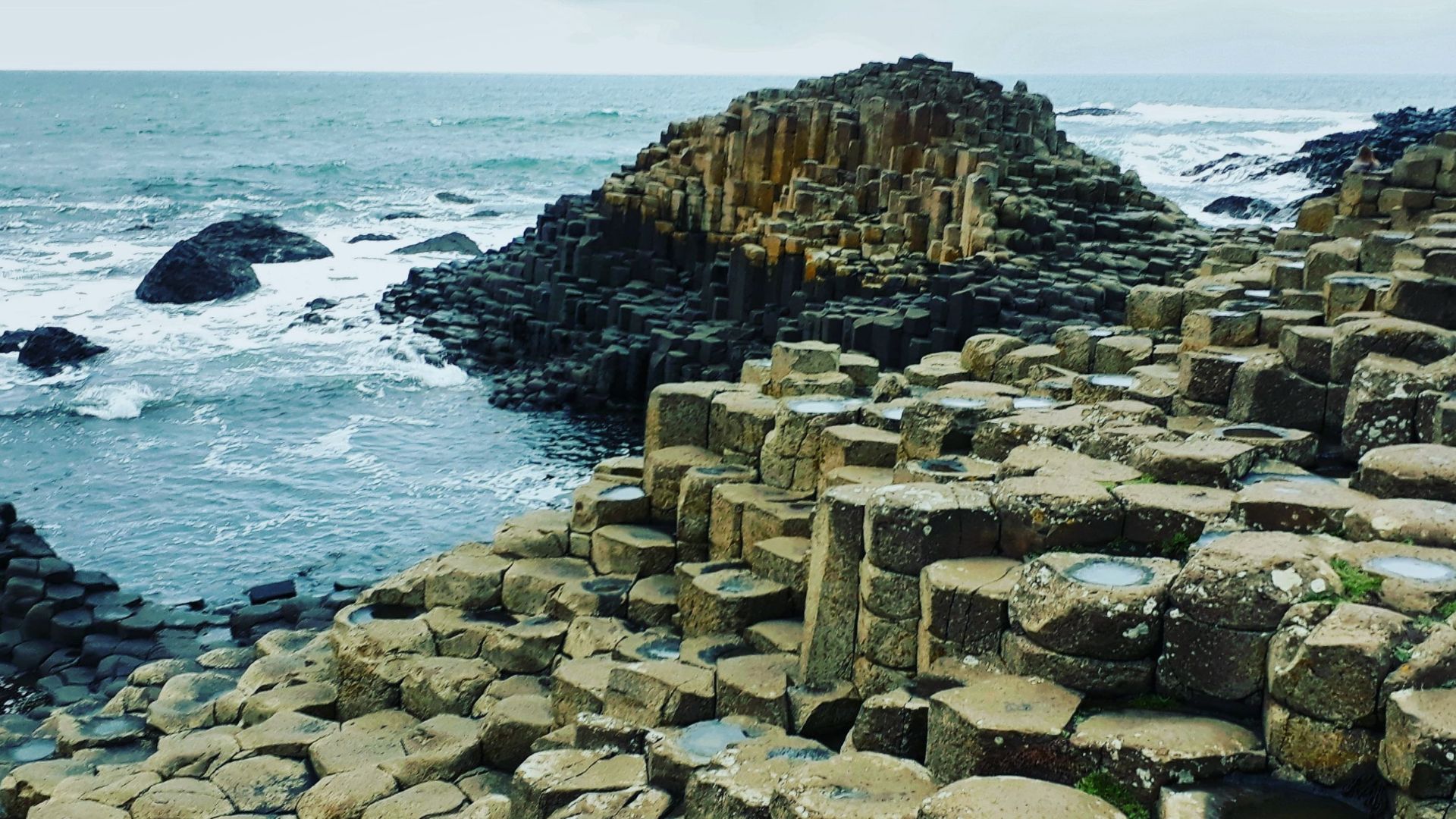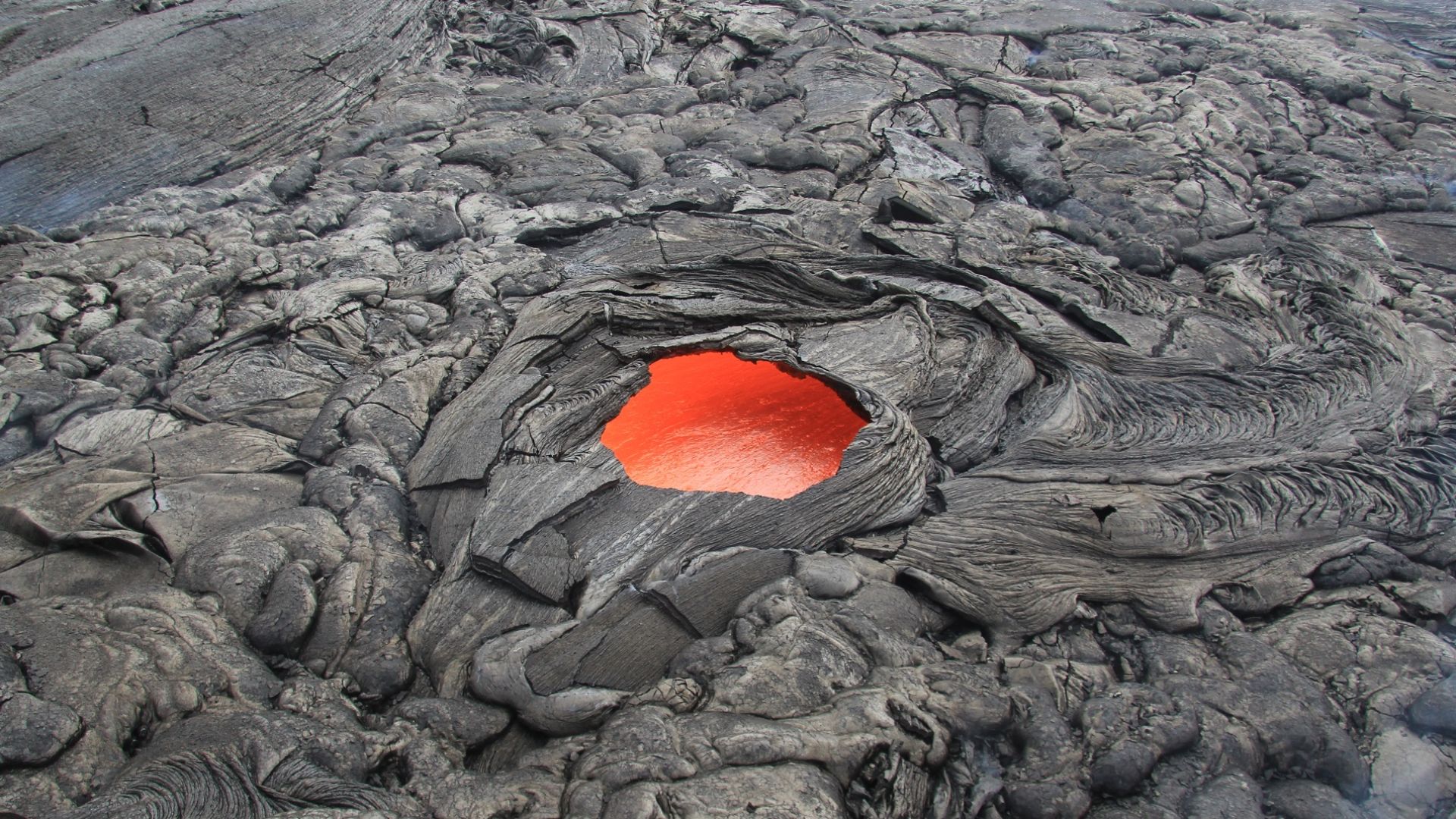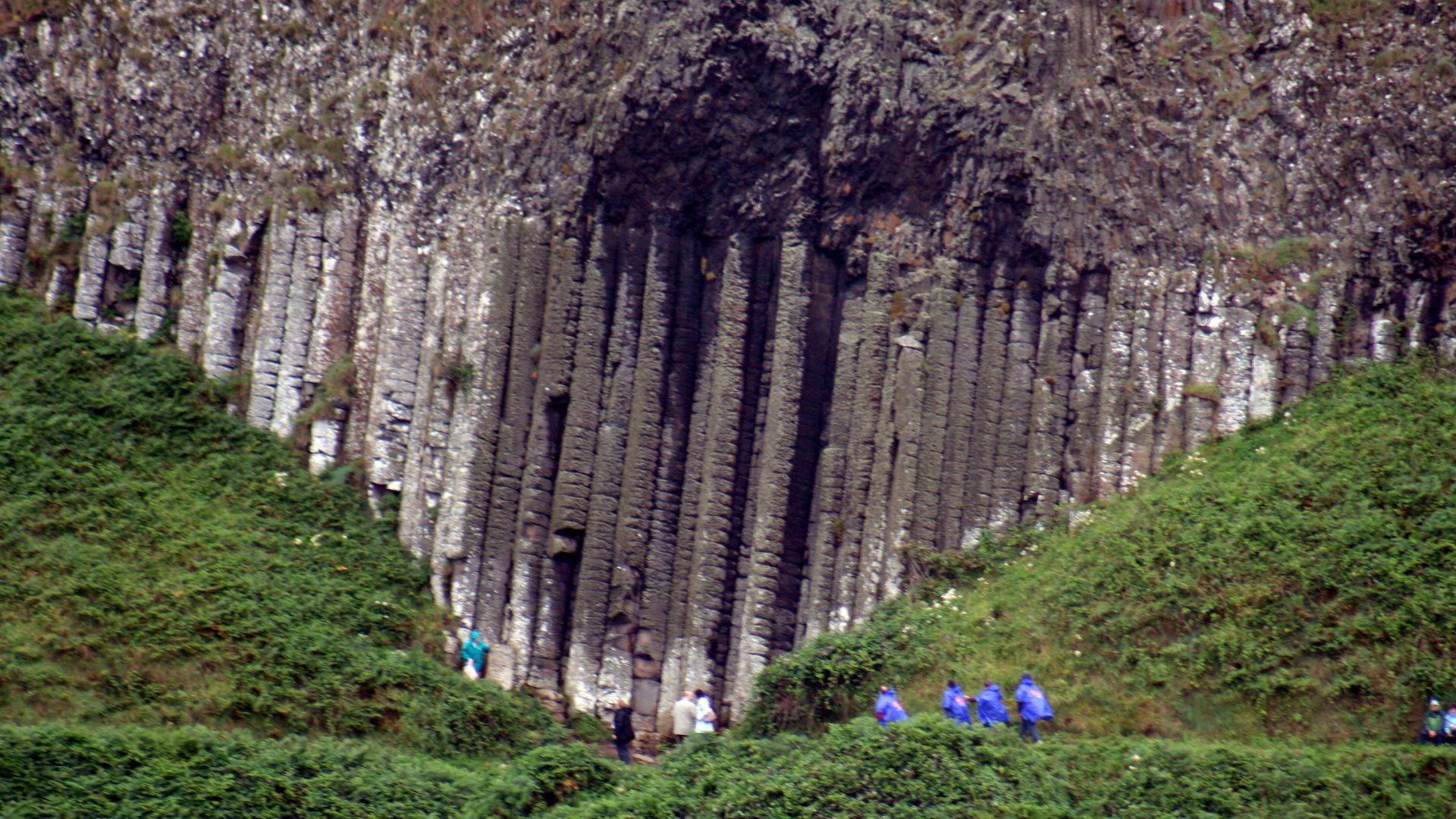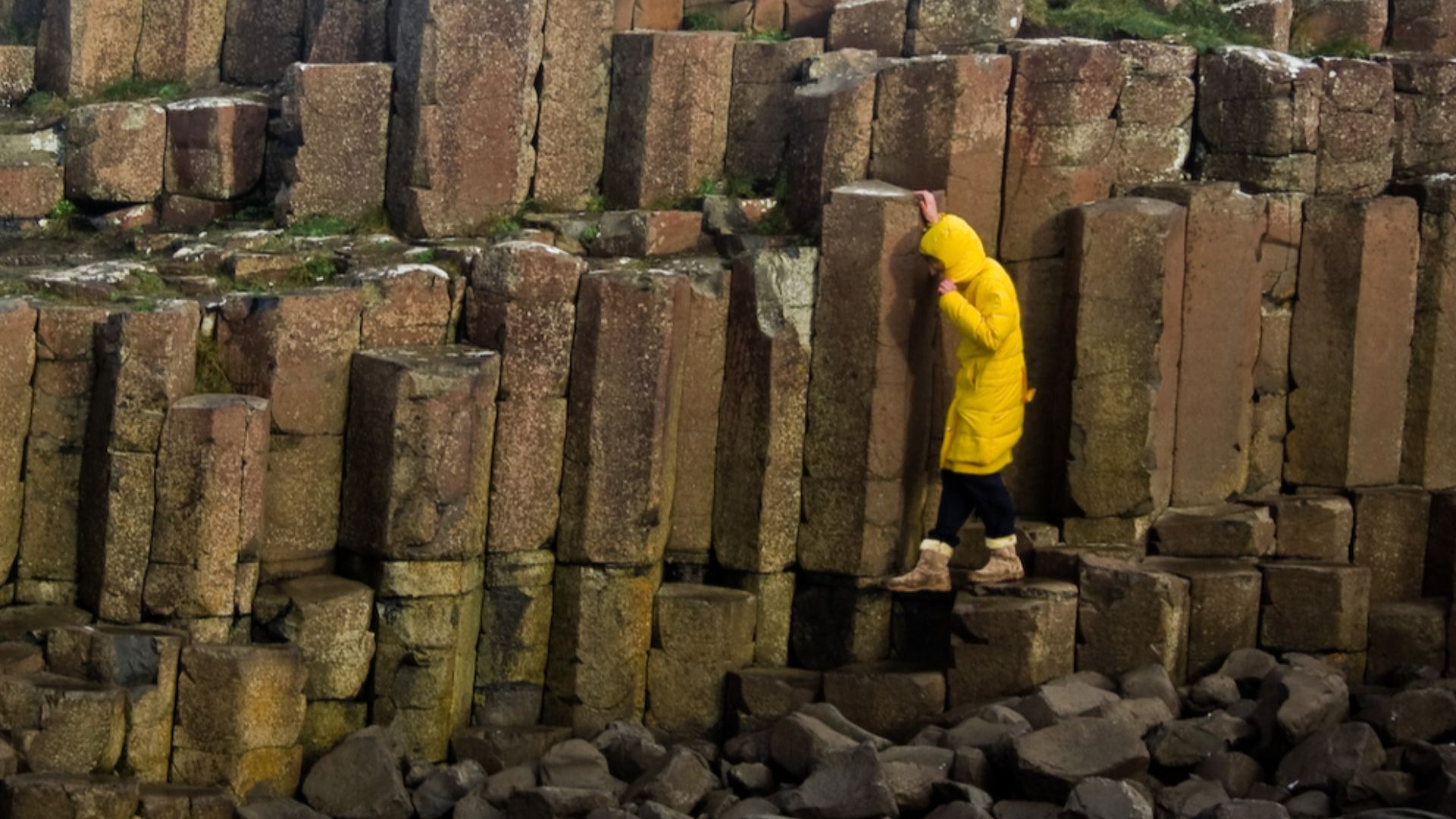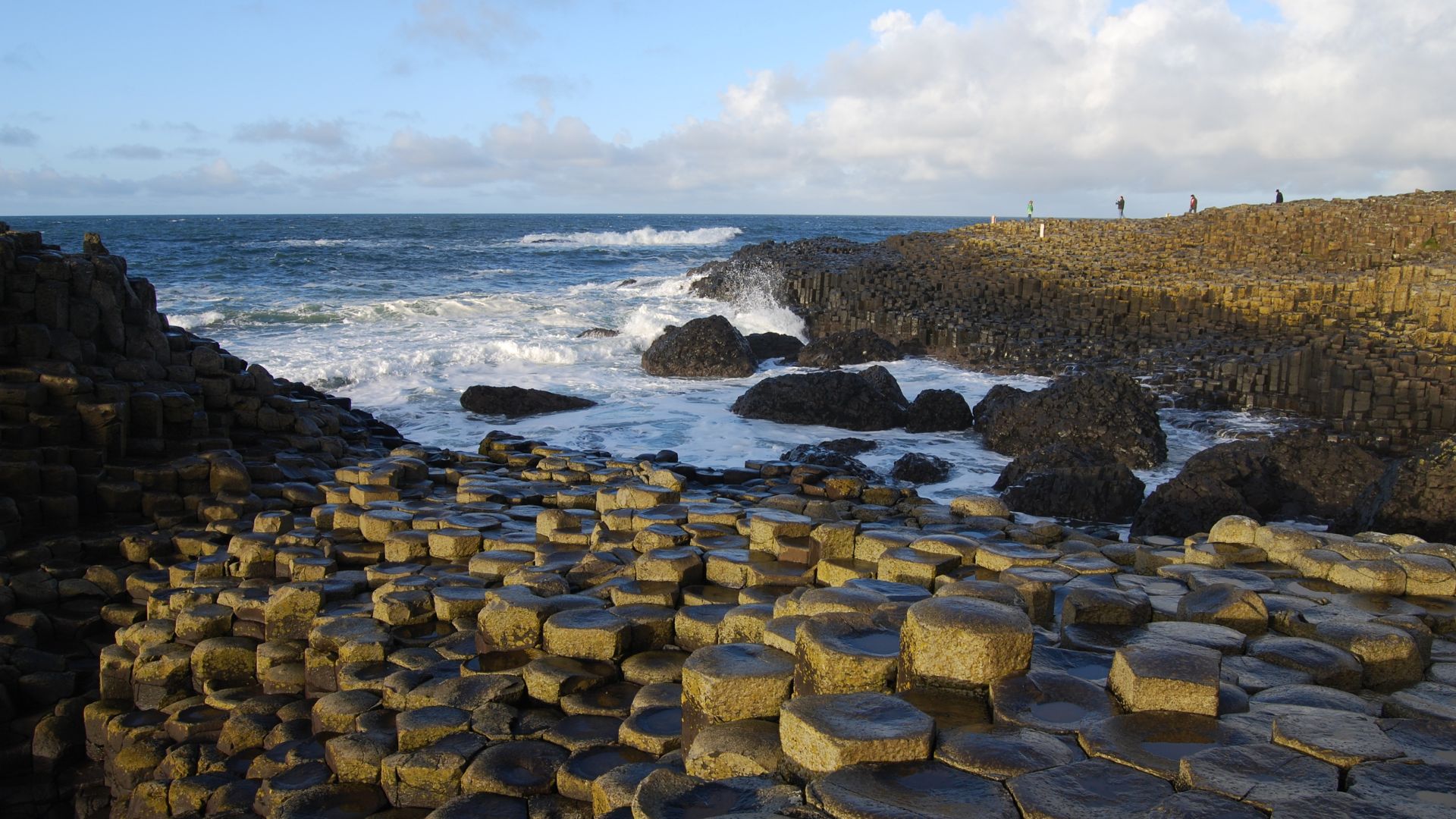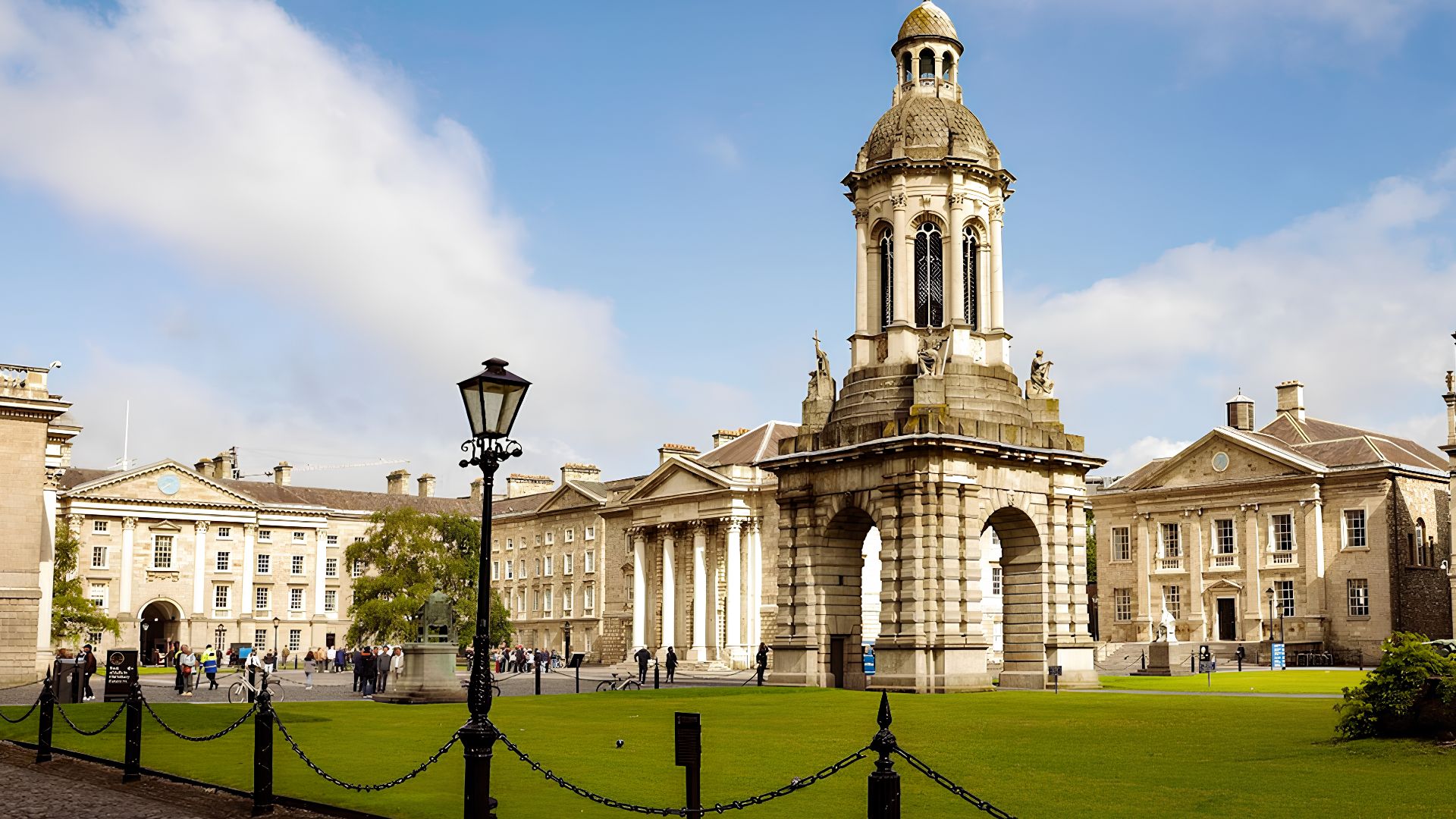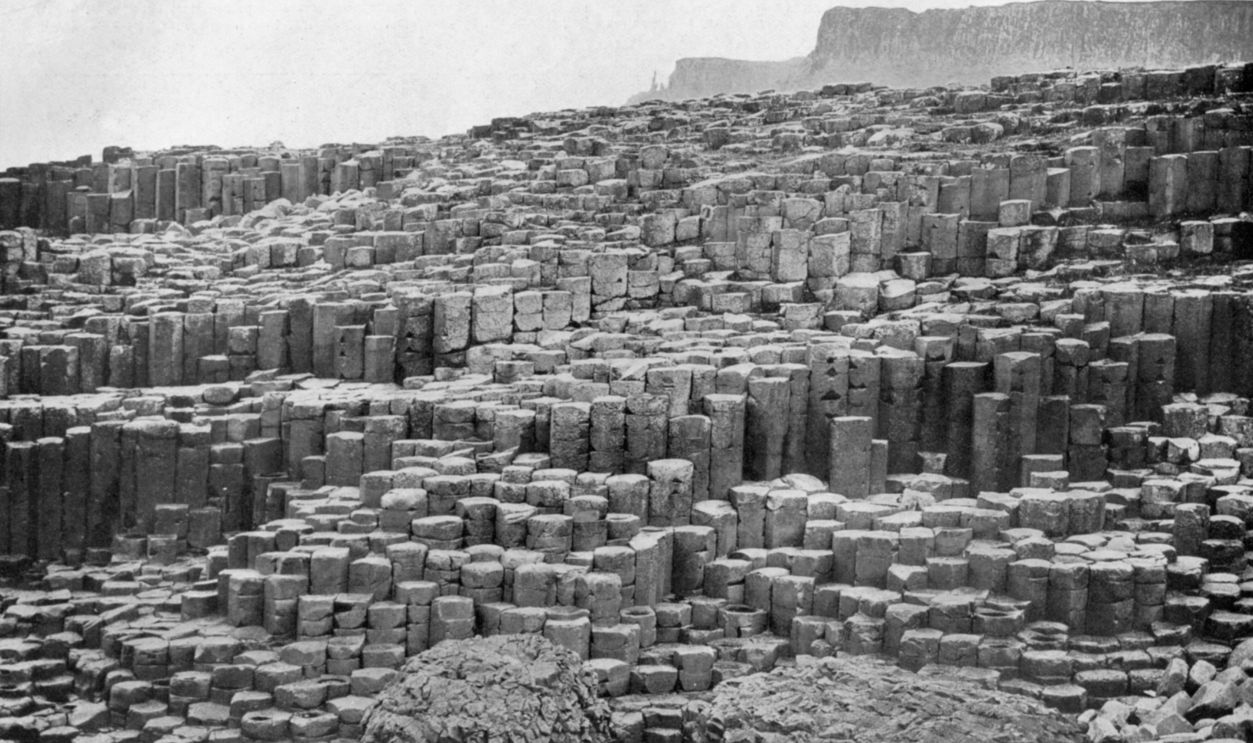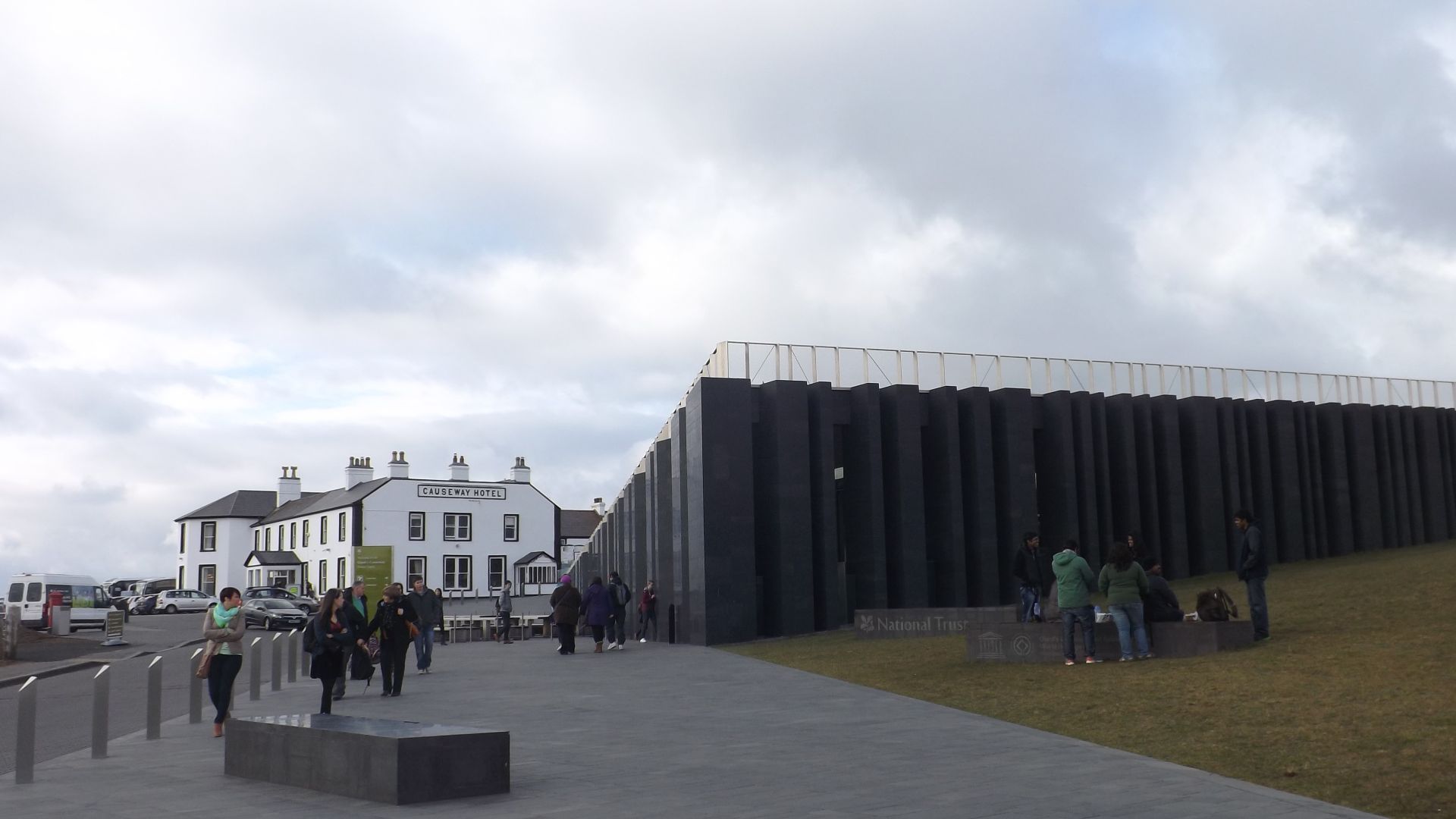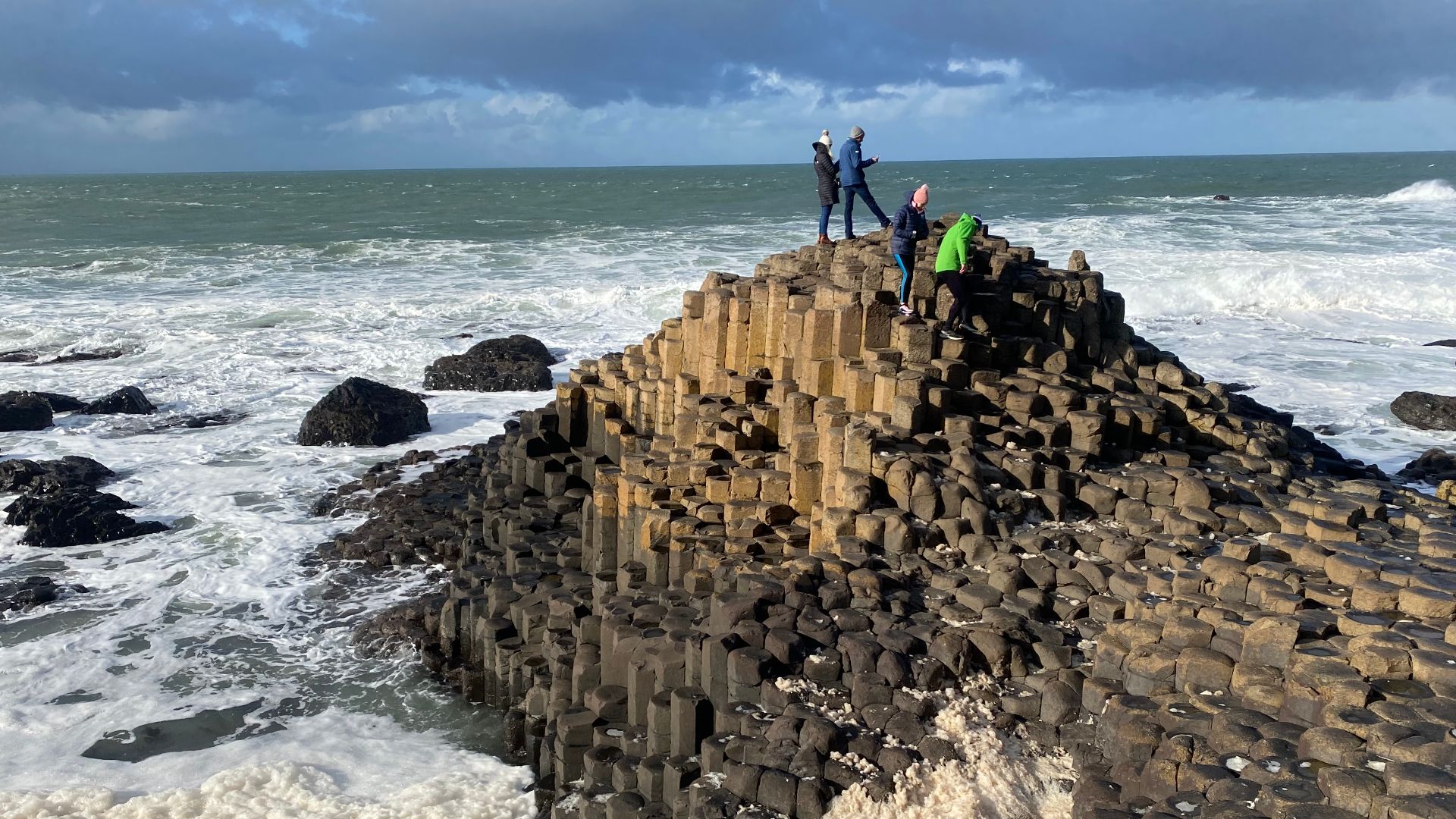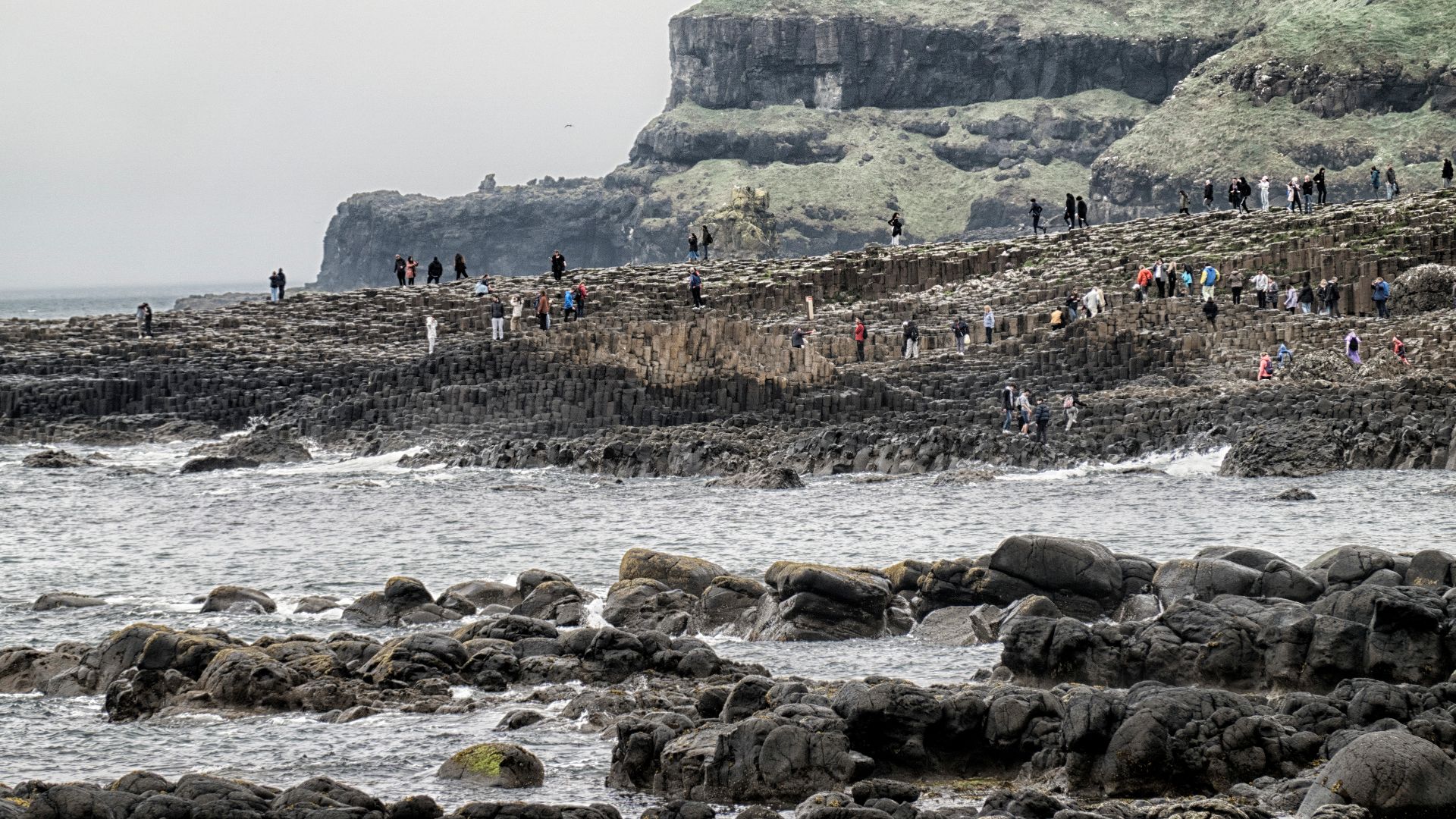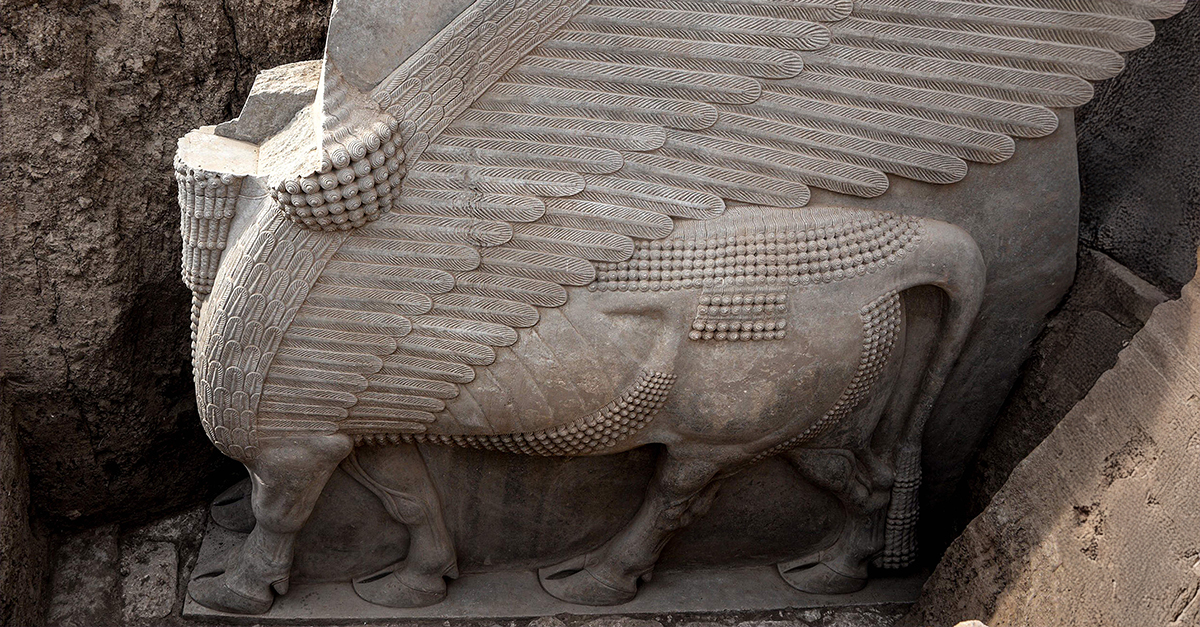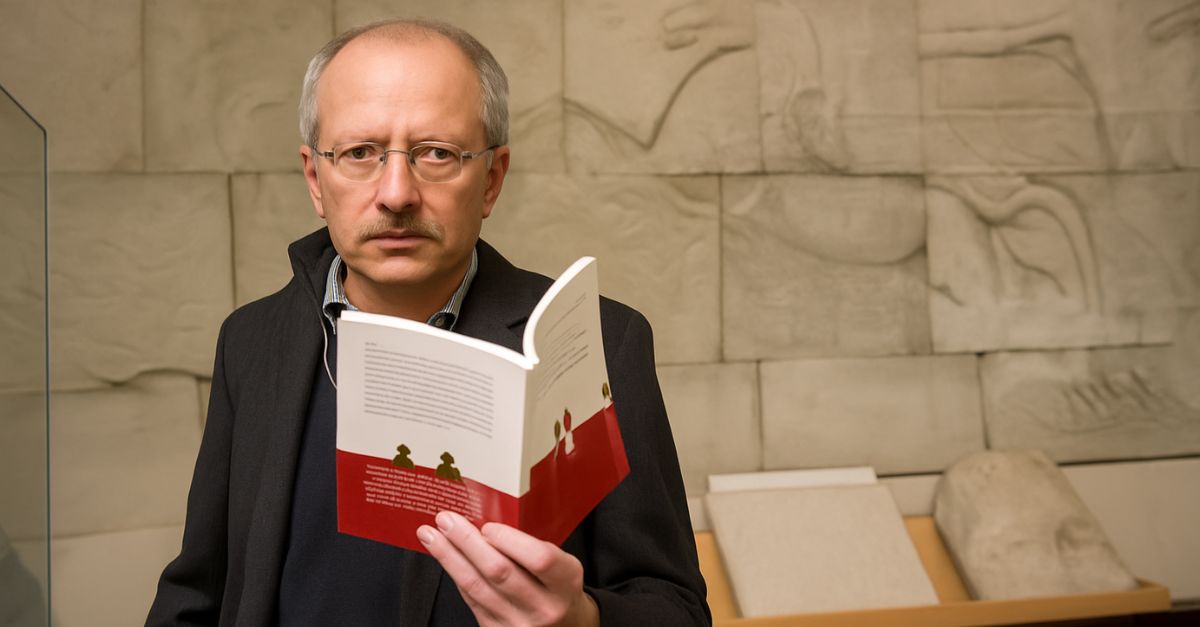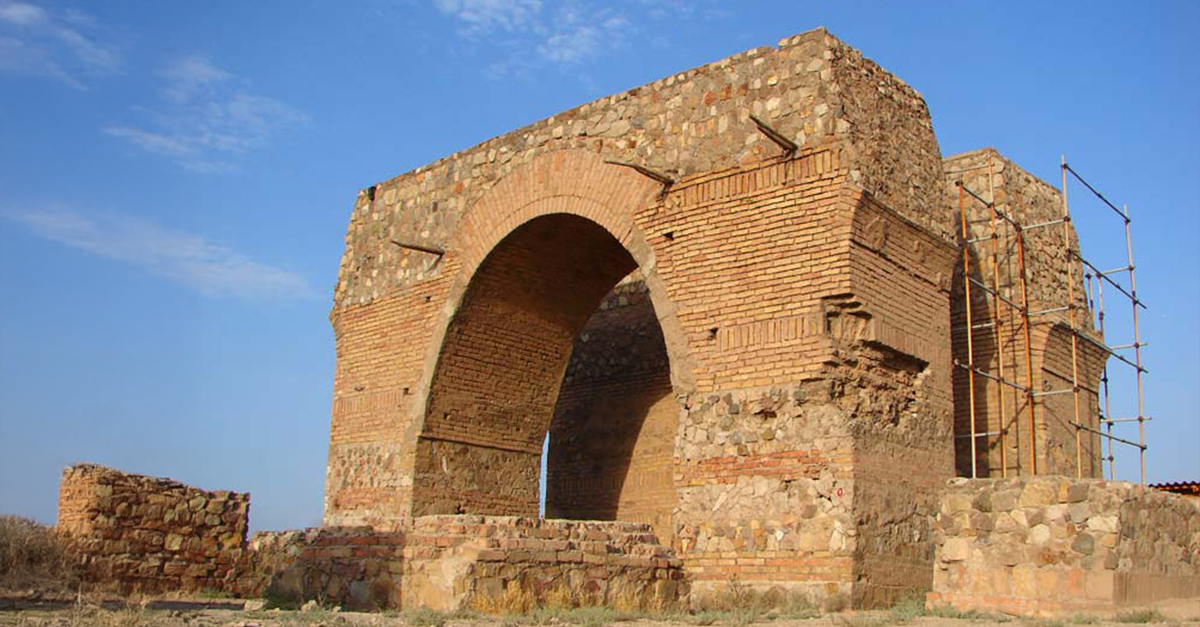Giants Walk Among Us
The world is full of beautiful geological structures. However, few are as striking as the Giant’s Causeway in Northern Ireland. This unique rock formation has been capturing the imagination of humanity for thousands of years. It may also be proof that giants once walked among us.

The Geology
Giant’s Causeway began forming 50 to 60 million years ago. This era is known as the Paleocene period. At this time, much of the world was on fire.
The Geology
Intense volcanic activity was far more common millions of years ago than it is today. The area that is now known as Antrim, Northern Ireland was one of the epicenters of this activity during this period.
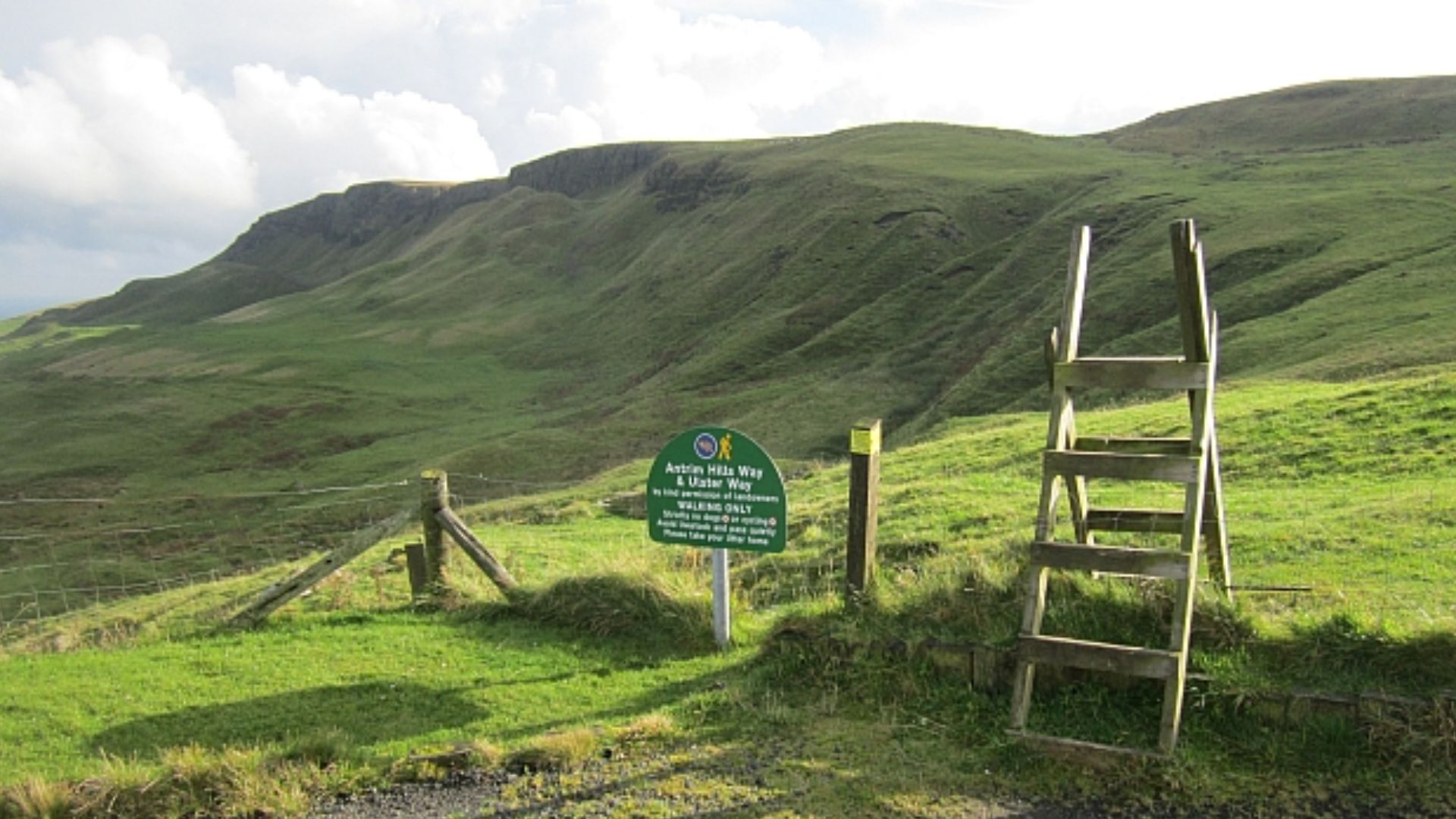 Richard Webb , Wikimedia Commons
Richard Webb , Wikimedia Commons
The Geology
What this means was that molten igneous rock that had yet to cool came up through the bed of chalk that already existed in the region. This resulted in a wide volcanic plateau. This was just the start.
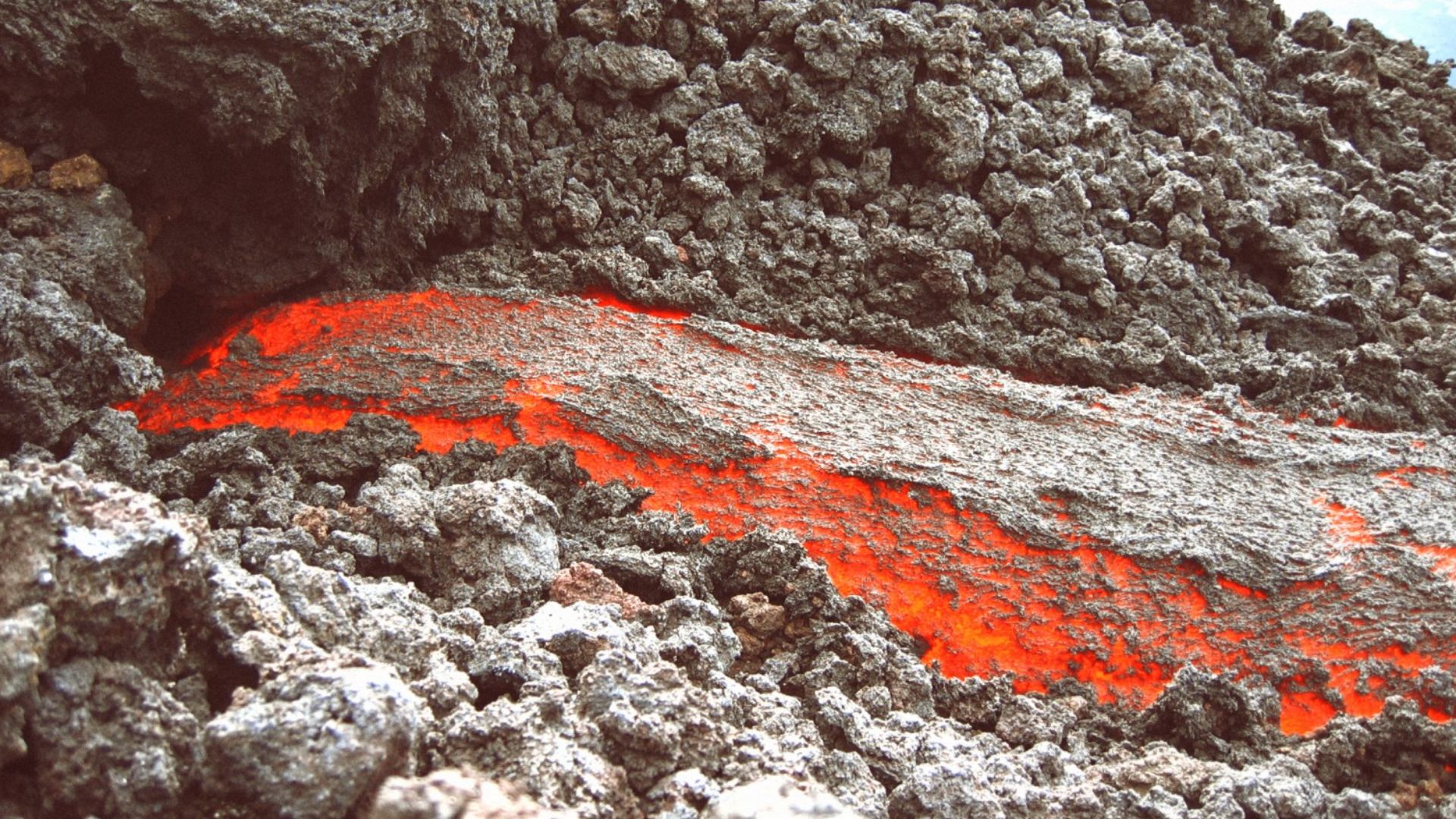 www.Pixel.la Free Stock Photos, Wikimedia Commons
www.Pixel.la Free Stock Photos, Wikimedia Commons
The Geology
As the molten lava cooled into rock, it began to contract. This resulted in fractures in a similar way that occurs in dried mud. In this case, however, the cracks traveled downward, leaving a unique formation behind.
The Geology
These downward cracks create structures that resemble pillars; from there, the pillars fractured horizontally as well. This set the stage for the development of what is now seen today.
The Geology
The columns' size was due, mostly, to the speed at which the lava cooled. Initially, this area was part of a giant plateau called the Thulean Plateau. Over time, it has fractured and eroded into what is present today. This is the science but it’s the legends that are far more entertaining.
The Legends
According to Gaelic mythology, the formation is what remains of a giant causeway. The causeway was giant because it was built by giants, obviously. This is the source of the name “Giant’s Causeway”.
The Legends
Legend says that Fionn mac Cumhaill (or Finn MacCool), a significant figure in Gaelic mythology, was challenged to fight the Scottish giant Benandonner. Fionn didn’t back down from a challenge, but he had a problem.
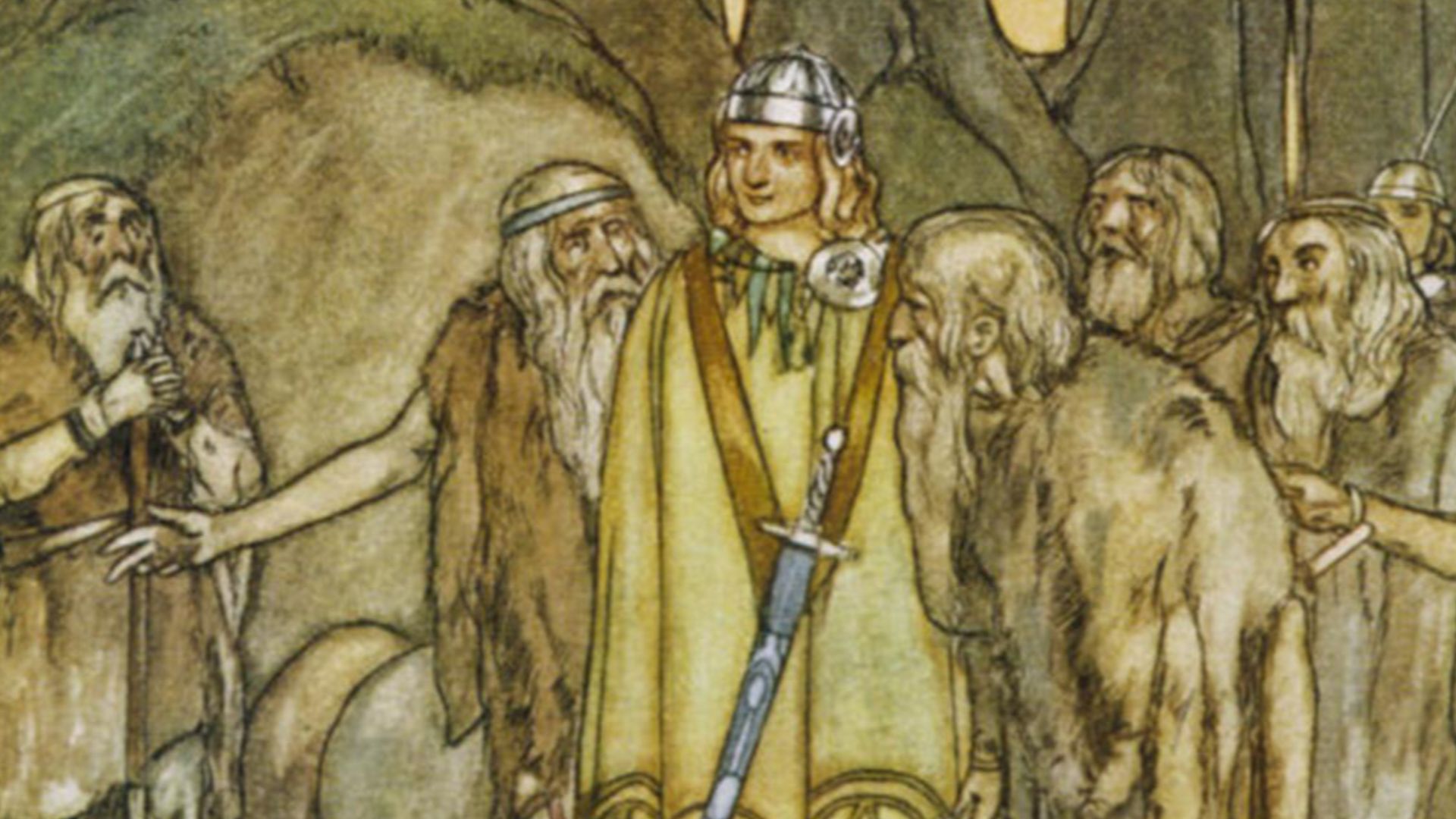 Stephen Reid, Wikimedia Commons
Stephen Reid, Wikimedia Commons
The Legends
Fionn needed a way to meet Benandonner, divided by the North Channel as they were. Therefore, Fionn built the Giant’s Causeway for the pair to cross the North Channel and engage in their fight.
The Legends
Fionn’s fate during the fight changes depending on who is telling the story. This is often the case in mythology. In some stories, Fionn defeats Benandonner. In other stories, he’s a little less noble…
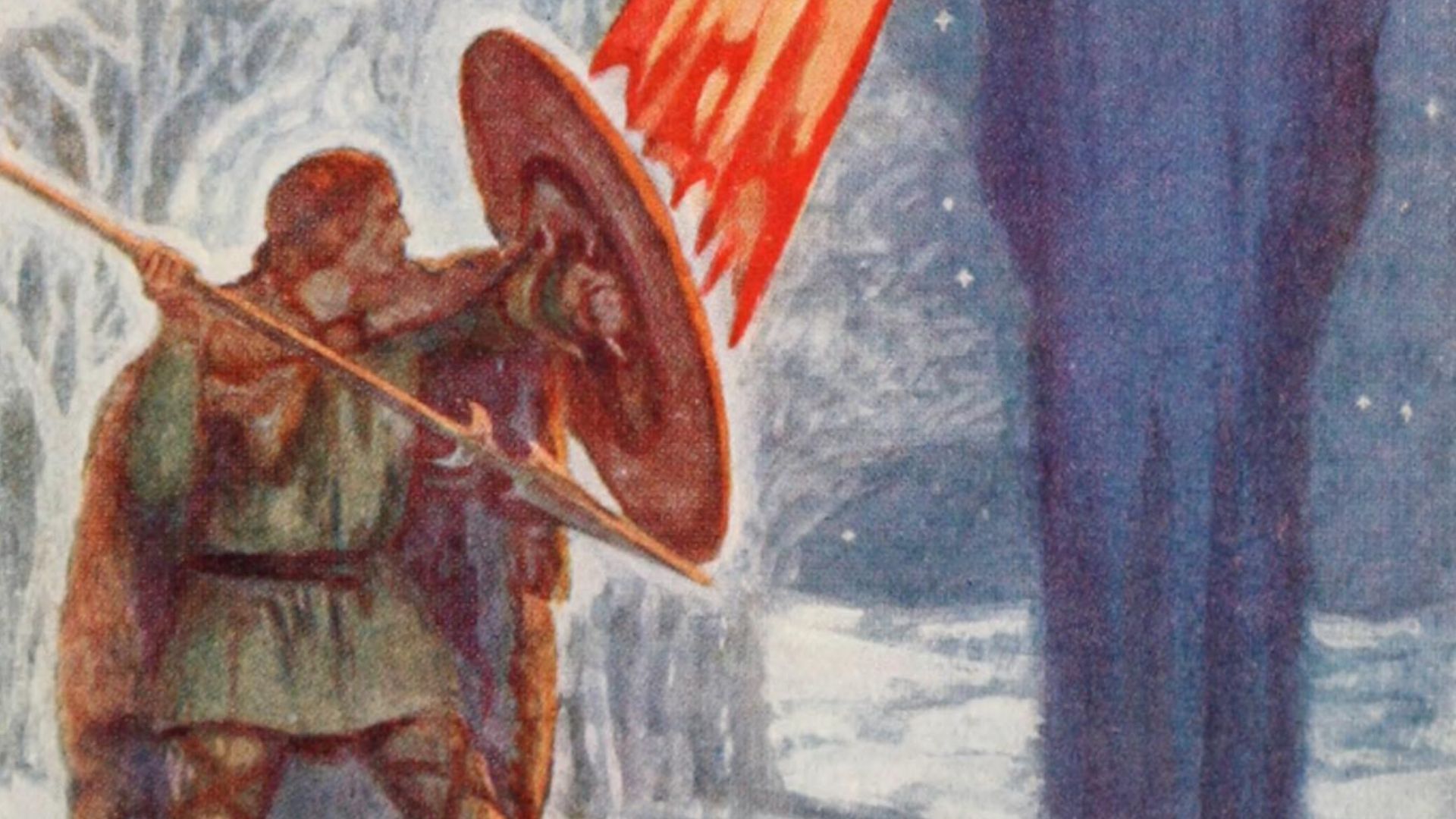 Internet Archive Book Images, Wikimedia Commons
Internet Archive Book Images, Wikimedia Commons
The Legends
In some versions, Fionn realizes that he is much smaller than his opponent, despite them both being giants. Therefore, Fionn decides to flee, attempting to hide from his much bigger foe.
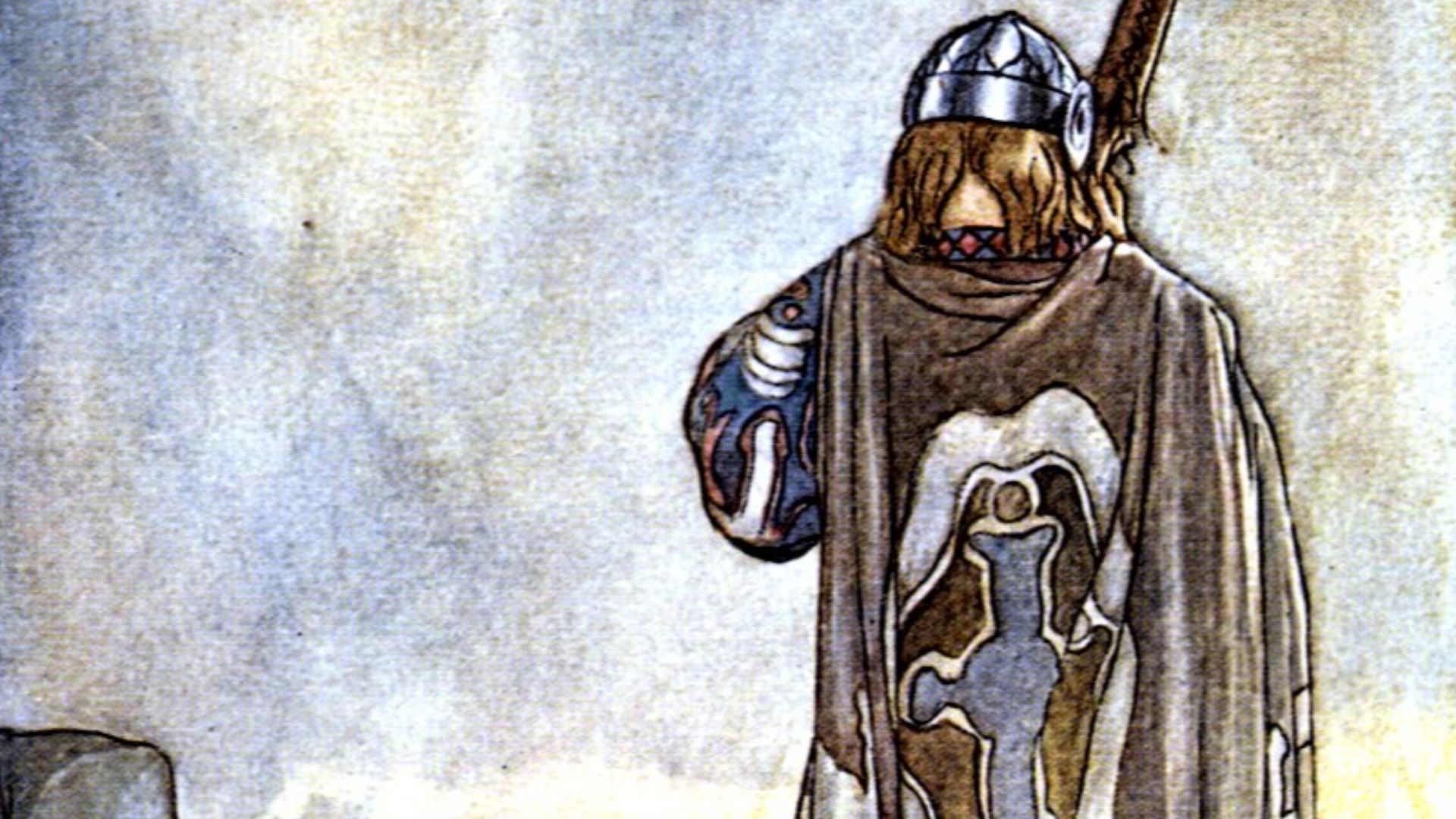 STEPHEN REID, Wikimedia Commons
STEPHEN REID, Wikimedia Commons
The Legends
In an attempt to hide, Fionn’s wife, Sadhbh, disguises Fionn as a baby, putting him in a cradle for good measure. When Benandonner arrives, they inform him that the “baby” is Fionn’s. This works better than you’d think.
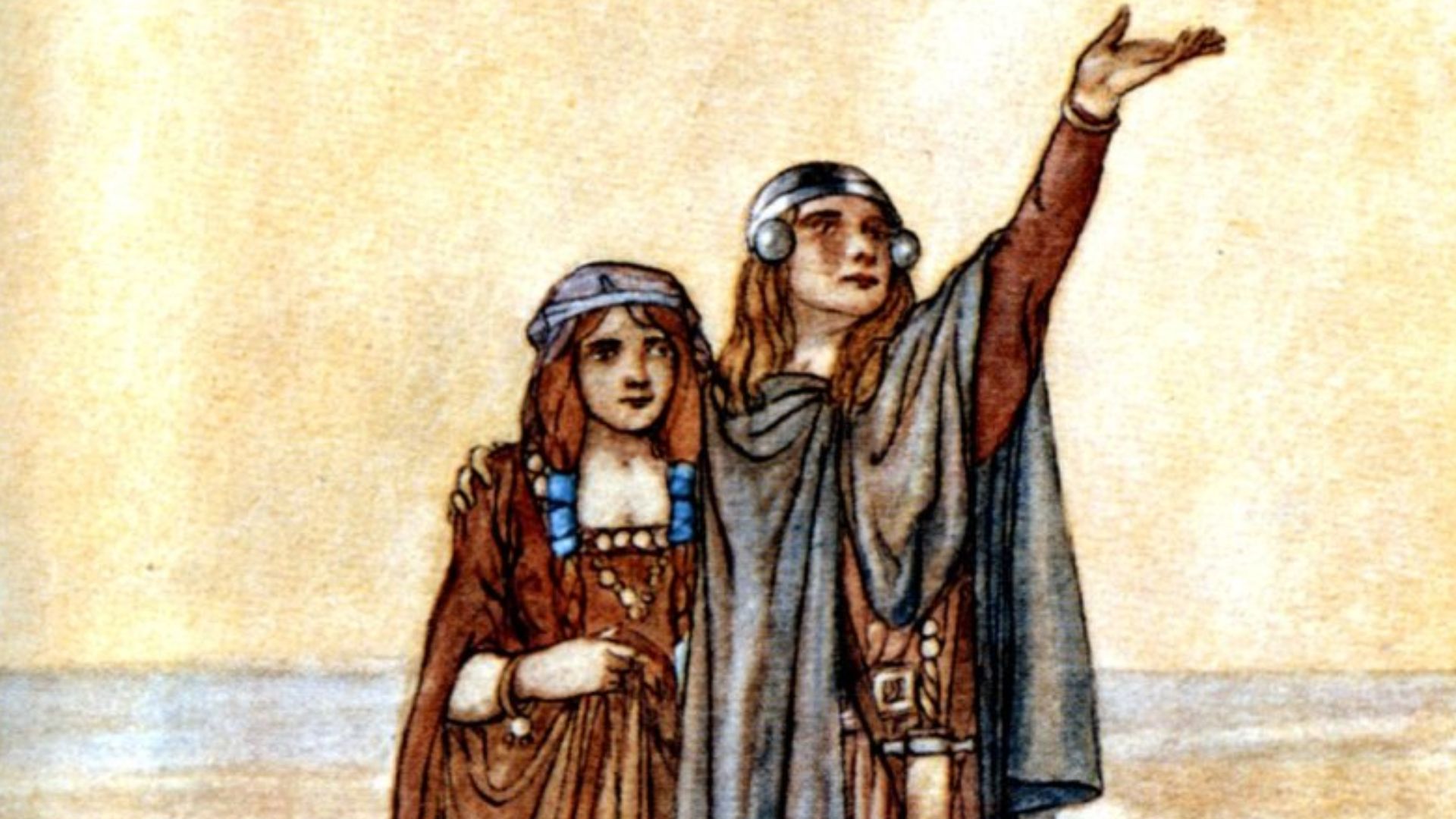 STEPHEN REID, Wikimedia Commons
STEPHEN REID, Wikimedia Commons
The Legends
Seeing the size of this supposed baby, Benandonner believes that Fionn must be huge, even among giants. Now Benandonner is the one frightened by the prospect of this fight. He does what any reasonable man would do in the same situation.
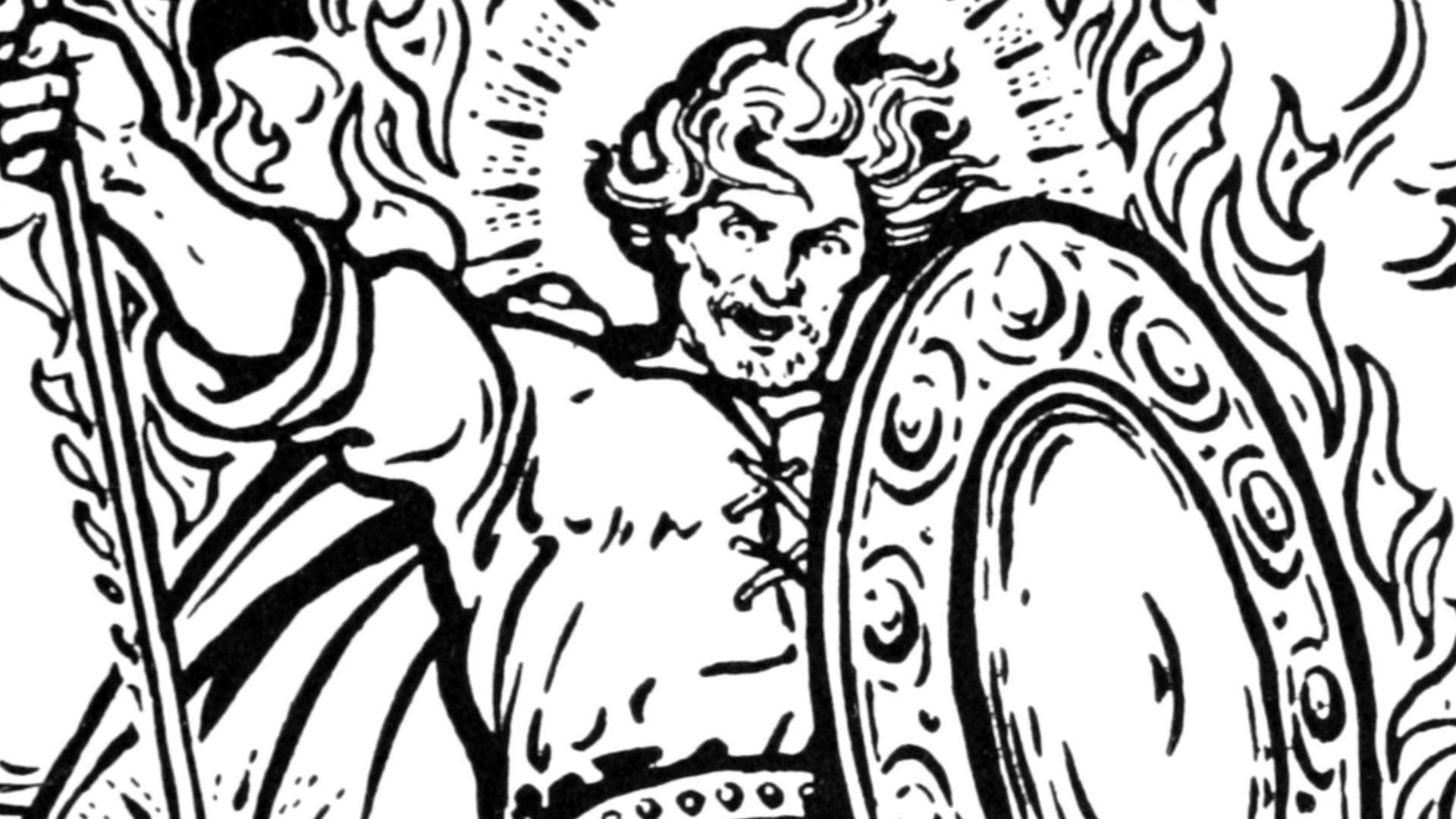 Beatrice Elvery, Wikimedia Commons
Beatrice Elvery, Wikimedia Commons
The Legends
Benandonner flees, running back across this supposed ancient causeway. Not wanting Fionn to be able to chase him back to Scotland and resume their fight, Benandonner destroys the causeway behind him leaving behind the formations we see today.
 Patrice78500, Wikimedia Commons
Patrice78500, Wikimedia Commons
The Legends
A similar rock formation exists at Fingal’s cave on Staffa, a Scottish isle. This is because both formations were created by the same lava flow. However, it’s possible knowledge of these two identical formations inspired the legend.
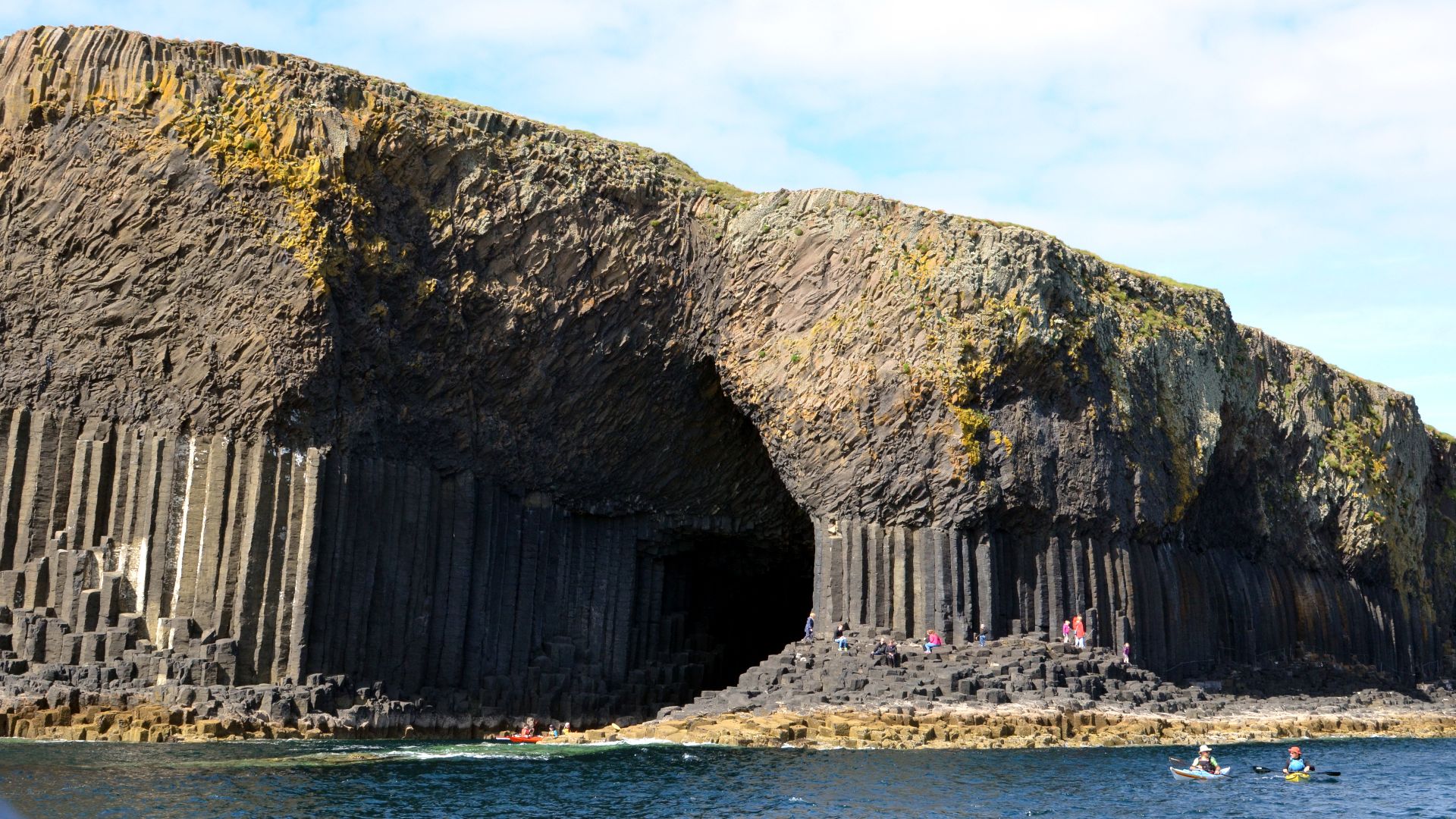 Luk~commonswiki, Wikimedia Commons
Luk~commonswiki, Wikimedia Commons
Alternative Legends
Interestingly, despite this legend, Fionn mac Cumhaill is not described as a giant in any other story in Irish mythology. Rather, he is a hero who has supernatural abilities. It seems only time adjusted the story to include great size.
 Raymond Okonski, Wikimedia Commons
Raymond Okonski, Wikimedia Commons
Alternative Legends
All of the stories that we have developed following the rise of Christianity. It is difficult to say what true ancient stories were. However, there is one other mythological theory for the origin of the Causeway.
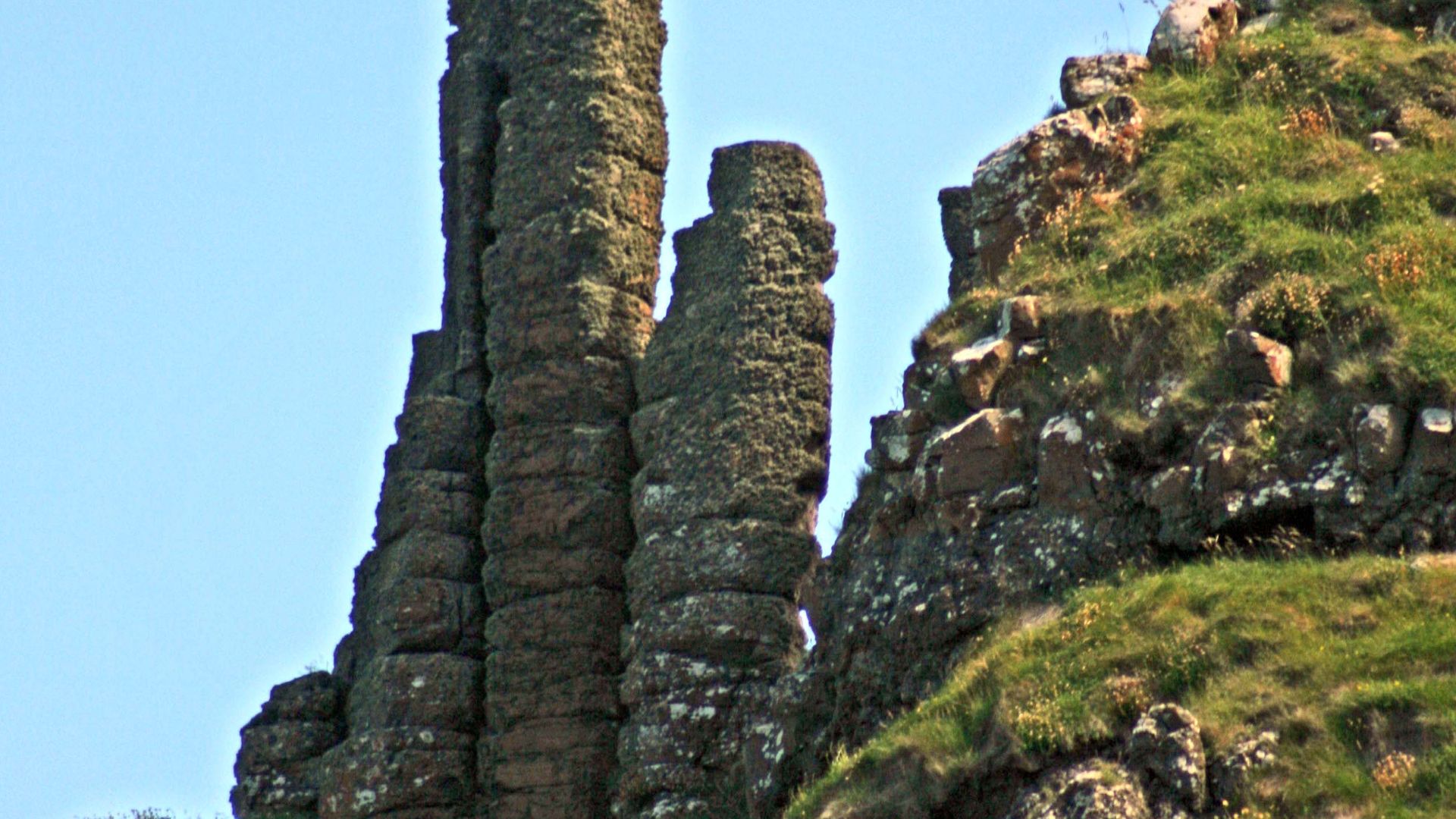 David A. Victor at English Wikipedia, Wikimedia Commons
David A. Victor at English Wikipedia, Wikimedia Commons
Alternative Legends
Some sources believe that the land formation may have been associated with the Fomorians. This is because the Irish name for the formation means “stepping stones of the Fomhoraigh”. It also accounts for tales of giants.
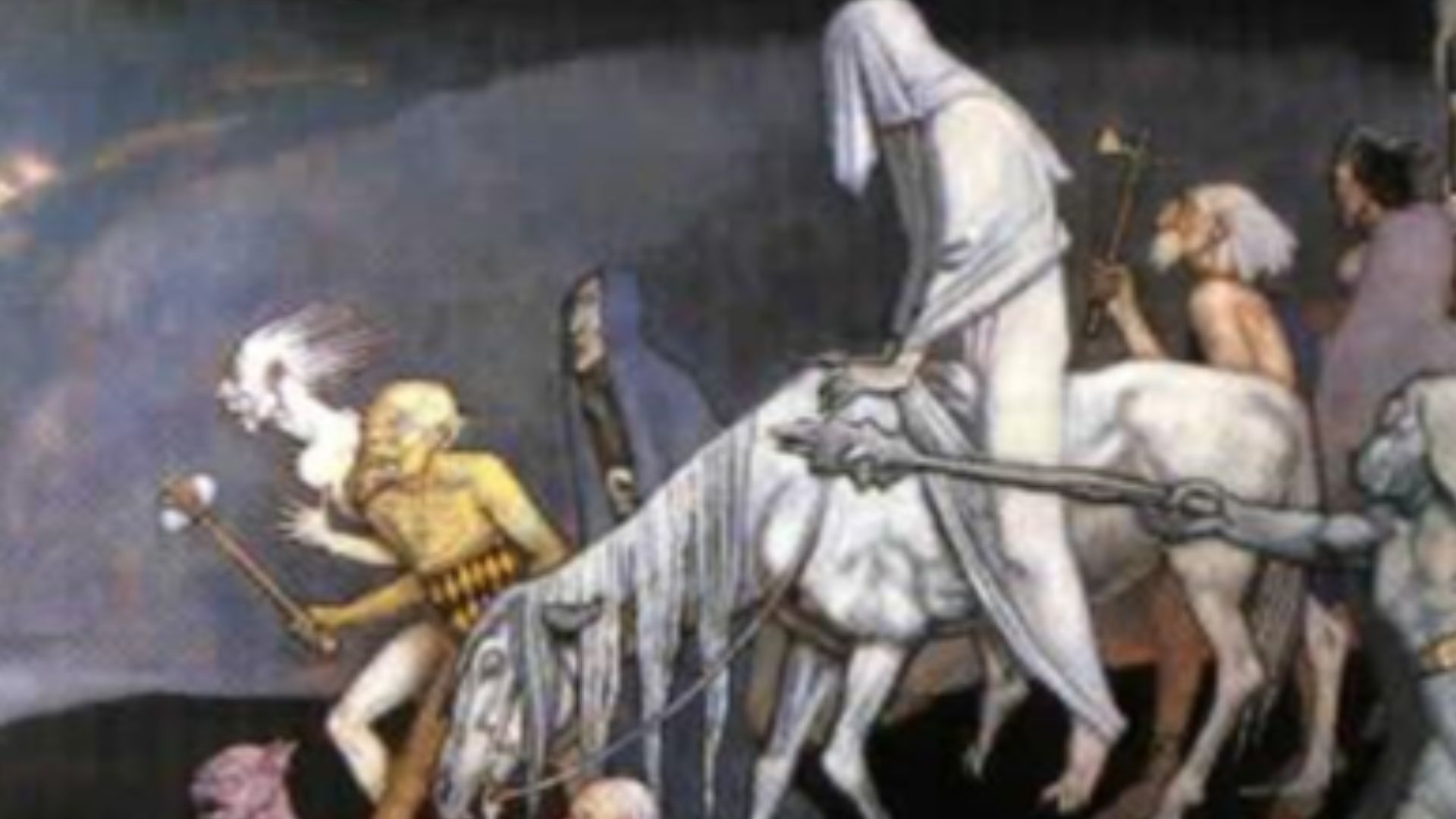 John Duncan, Wikimedia Commons
John Duncan, Wikimedia Commons
Alternative Legends
The Fomorians are a mythological race of beings that were often described as giants. They predated Christianity and possibly were part of the Irish pagan pantheon of gods and goddesses.
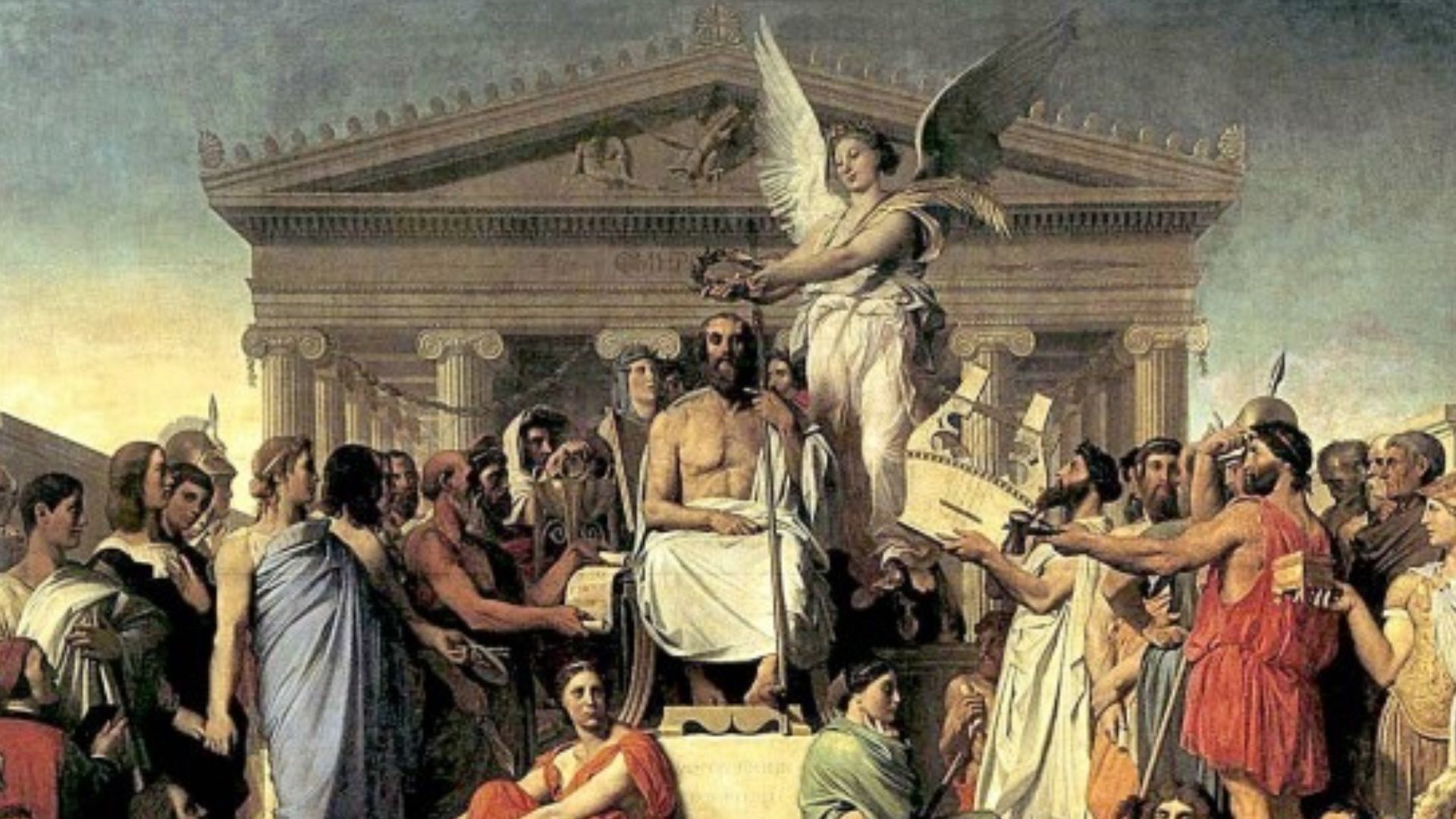 Immortality113, Wikimedia Commons
Immortality113, Wikimedia Commons
Alternative Legends
What the Pagans might have believed the Fomorians used these “stepping stones” for, if they used them at all, has been lost to time. However, English poet Letitia Elizabeth Landon discusses the mythological associations with the Causeway in her book The Giant’s Causeway.
World Meets The Causeway
Although people in Ireland knew of the Causeway for thousands of years, the wider world did not know of its existence until 1692. It was at this point that an important visit was announced to the world.
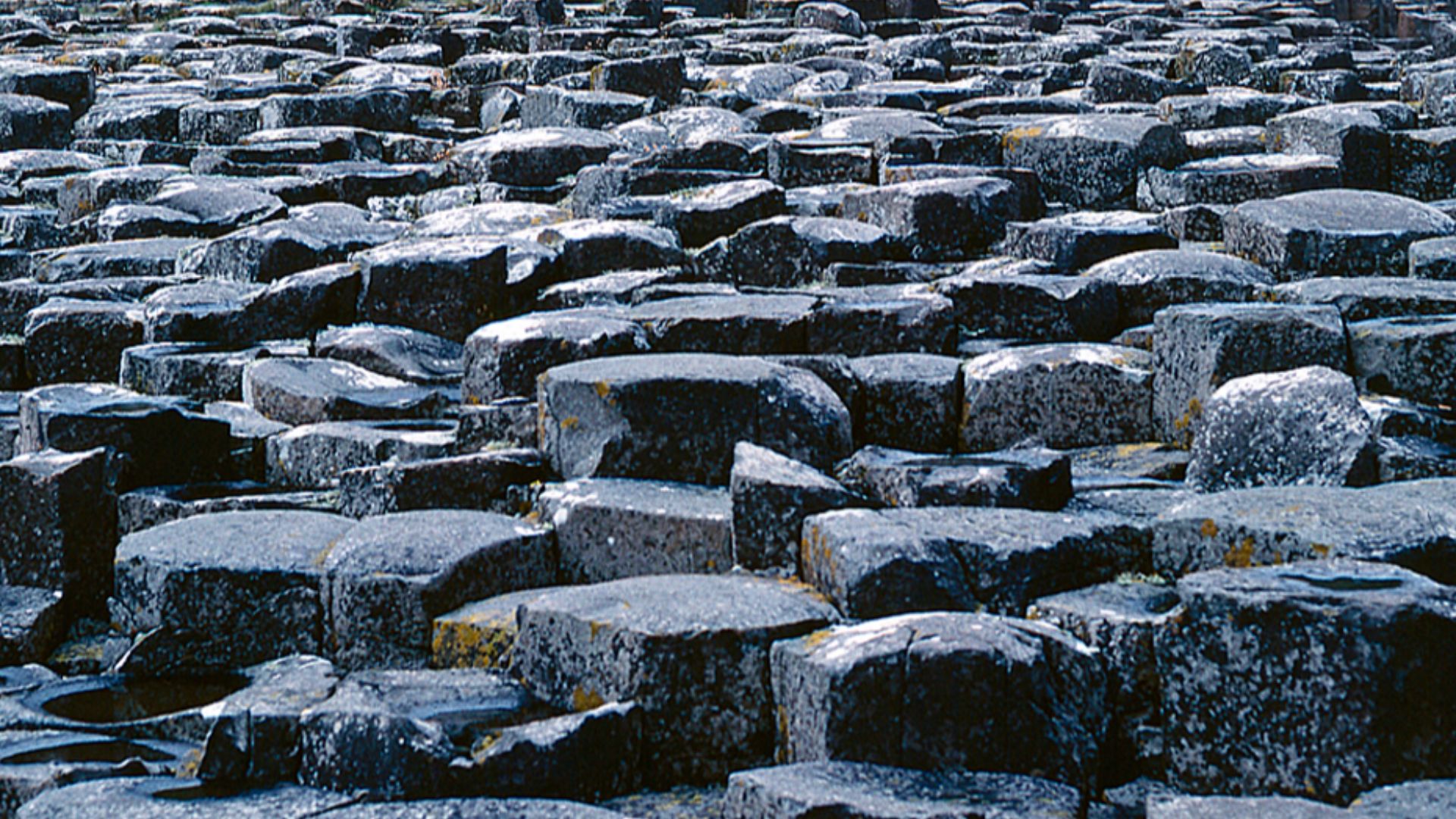 Stephen McKay , Wikimedia Commons
Stephen McKay , Wikimedia Commons
World Meets The Causeway
William King, Bishop of Derry, visited the Giant’s Causeway at this point and a year later, Sir Richard Bulkeley presented a paper on the Causeway to the Royal Society.
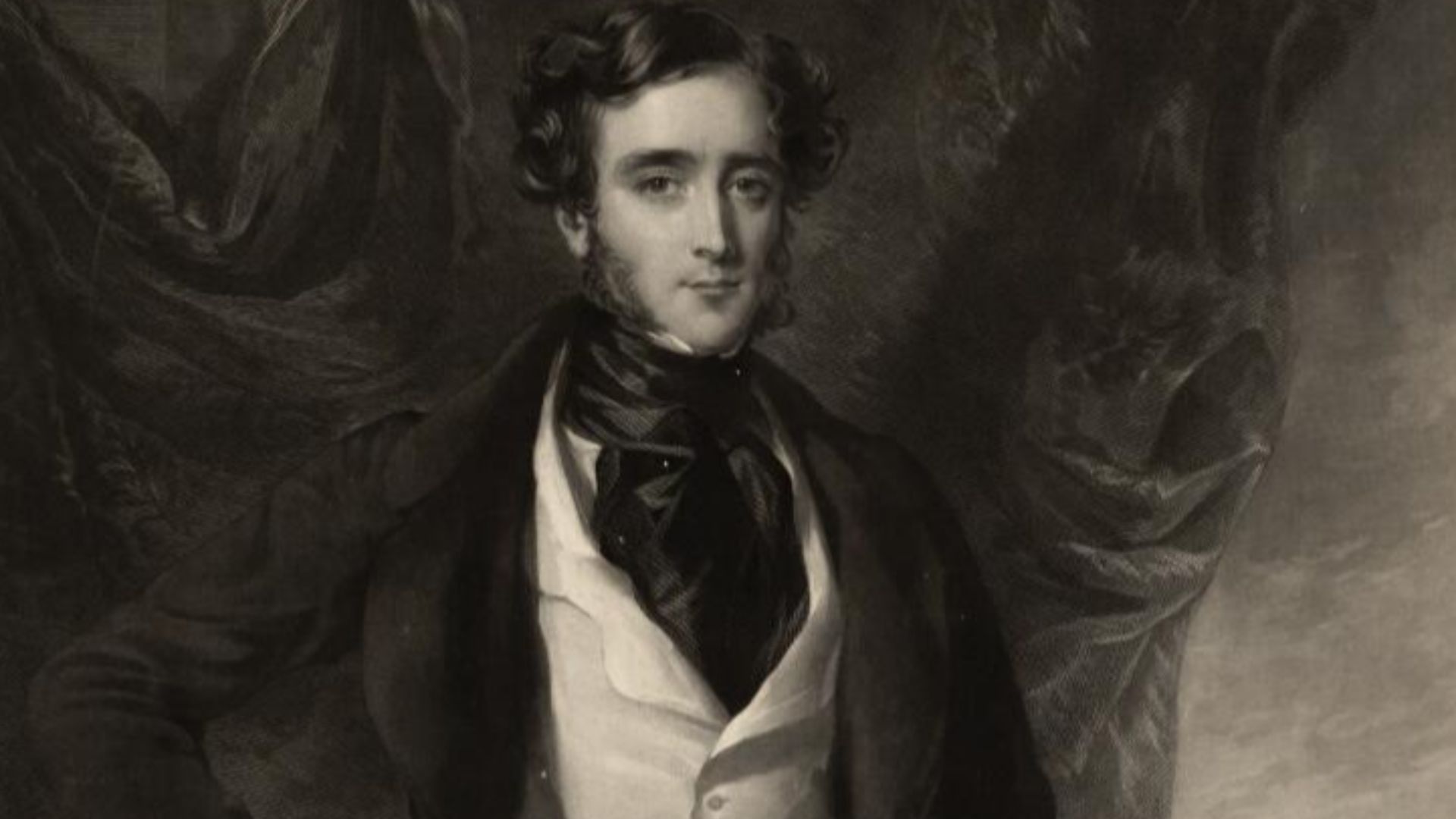 Samuel William Reynolds, Wikimedia Commons
Samuel William Reynolds, Wikimedia Commons
World Meets The Causeway
Sir Bulkeley was a fellow of Trinity College in Dublin and his paper brought more attention to the Causeway. However, it would be the attempt of a woman in 1739 that truly began to bring the Causeway fame.
World Meets The Causeway
Susanna Drury did a series of watercolor paintings of the Giant’s Causeway in 1739. She won the first award from the Royal Dublin Society for the paintings, and they were engraved in 1743. As the 1700s went on, so did the Causeway’s recognition.
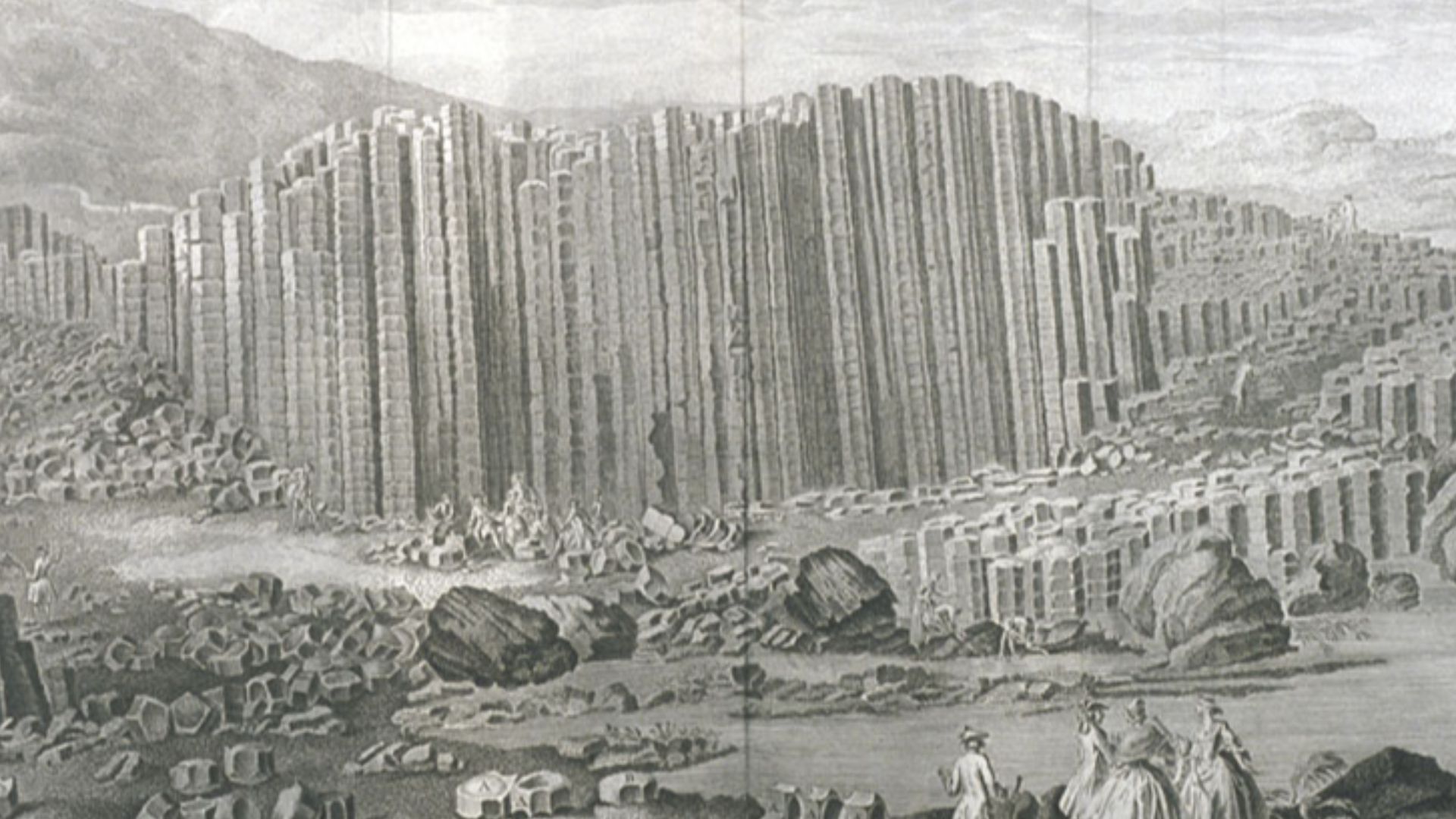 Susanna Drury, Wikimedia Commons
Susanna Drury, Wikimedia Commons
World Meets The Causeway
Thanks to Drury’s artwork, the Causeway was entered into the French Encyclopedie. It is at this point that the suggestion that the structure’s origin came from volcanos first arrived. The biggest wave of tourism would come in the 19th century.
Connecting To The Causeway
In the mid-1800s, the Giant’s Causeway Tramway was created. This line provided a direct connection between the town of Portrush and the Giant’s Causeway, opening the door to ramped up tourism.
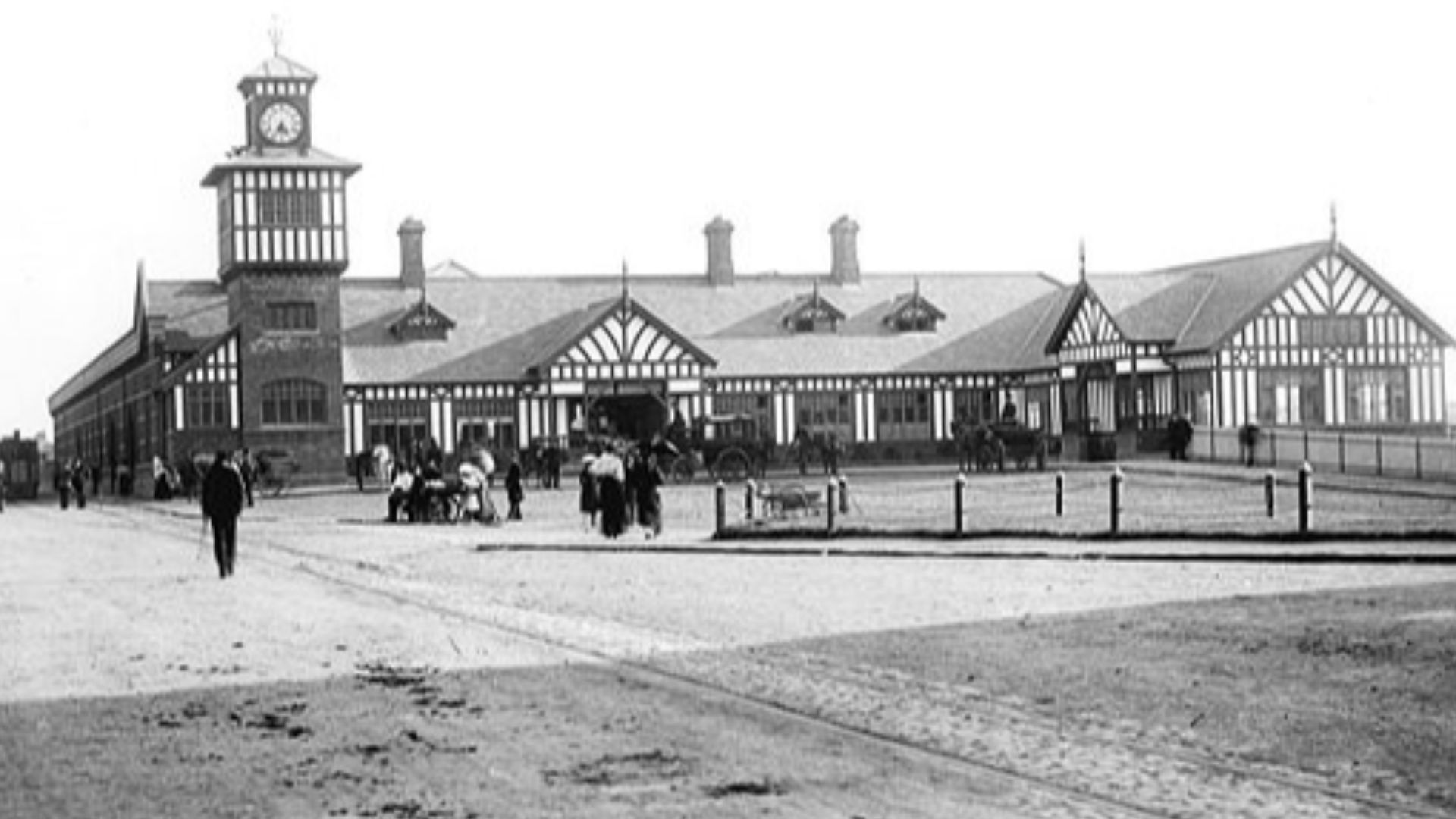 W. Lawrence, Wikimedia Commons
W. Lawrence, Wikimedia Commons
Connecting To The Causeway
Although considered quite simplistic now, the Giant’s Causeway Tramway was a revolutionary piece of engineering at the time. At nine-and-a-quarter miles long, it was promoted as “the first long electric tramway in the world”.
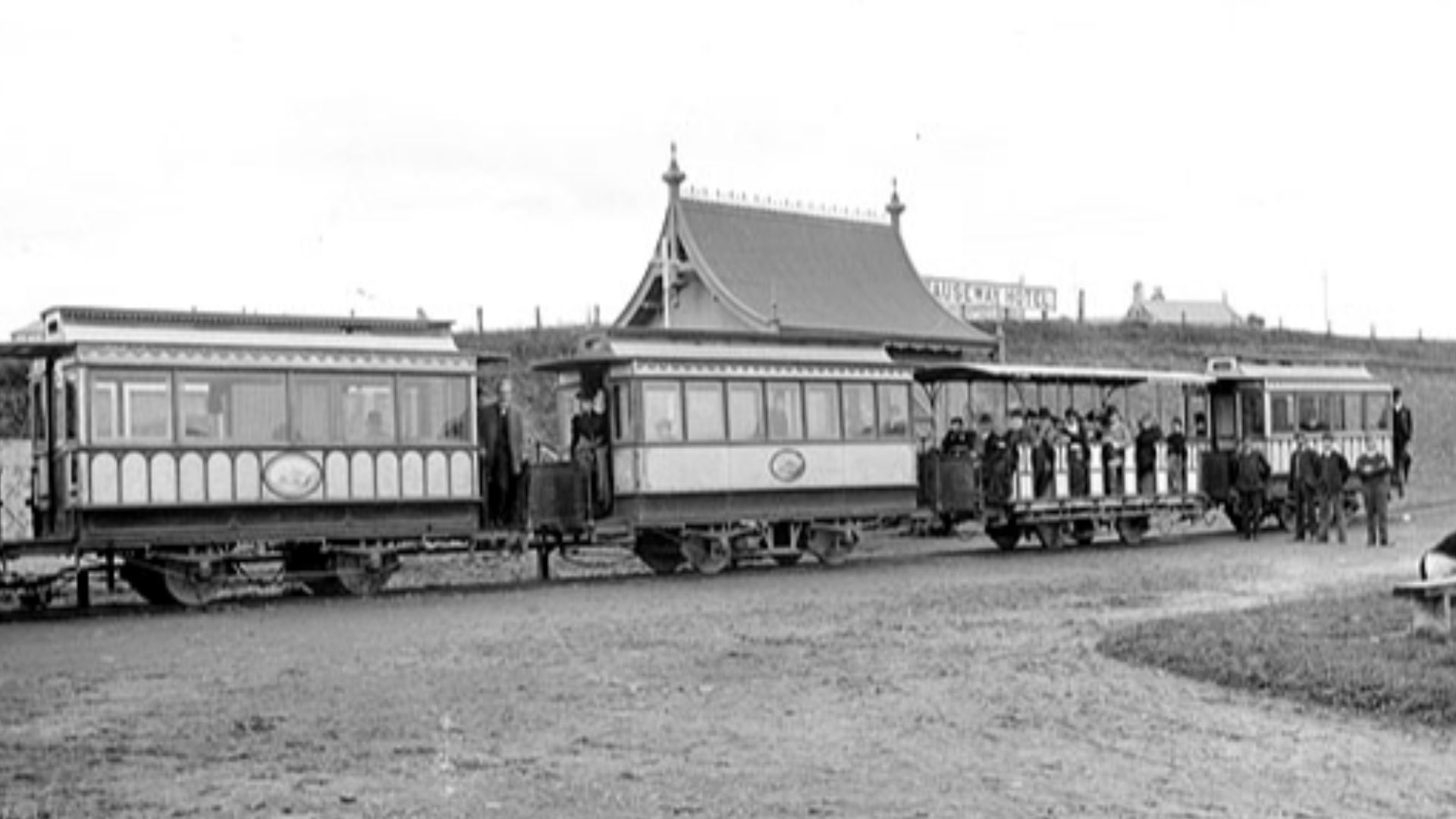 W. Lawrence, Wikimedia Commons
W. Lawrence, Wikimedia Commons
Connecting To The Causeway
Although the Giant’s Causeway Tramway is no longer operational, tourists today can take a similar route. The Giant’s Causeway and Bushmills Railway runs over the final two miles of the original tramway line.
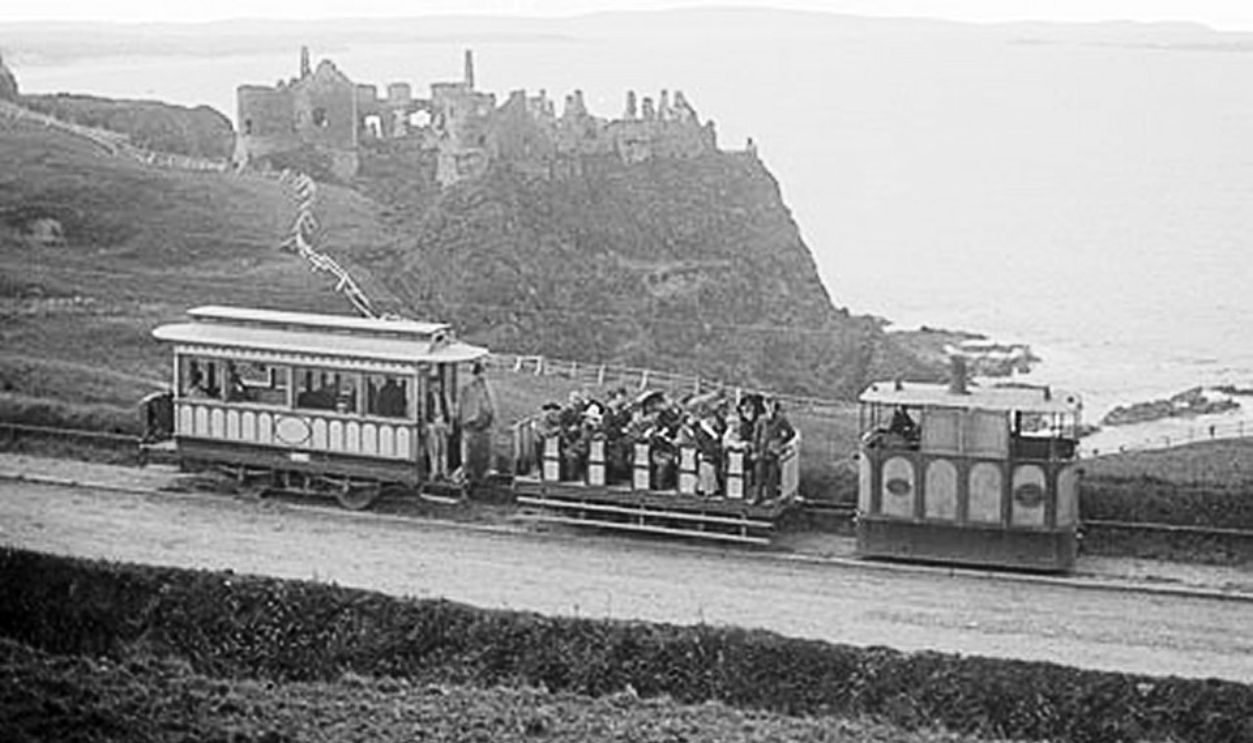 W. Lawrence, Wikimedia Commons
W. Lawrence, Wikimedia Commons
The Famous Causeway
The Causeway attracted many important people over the years. Emperor Pedro II of Brazil visited in July 1877. Despite the attraction, it was treated more as a commercial venture than a wonder of nature until the National Trust took over.
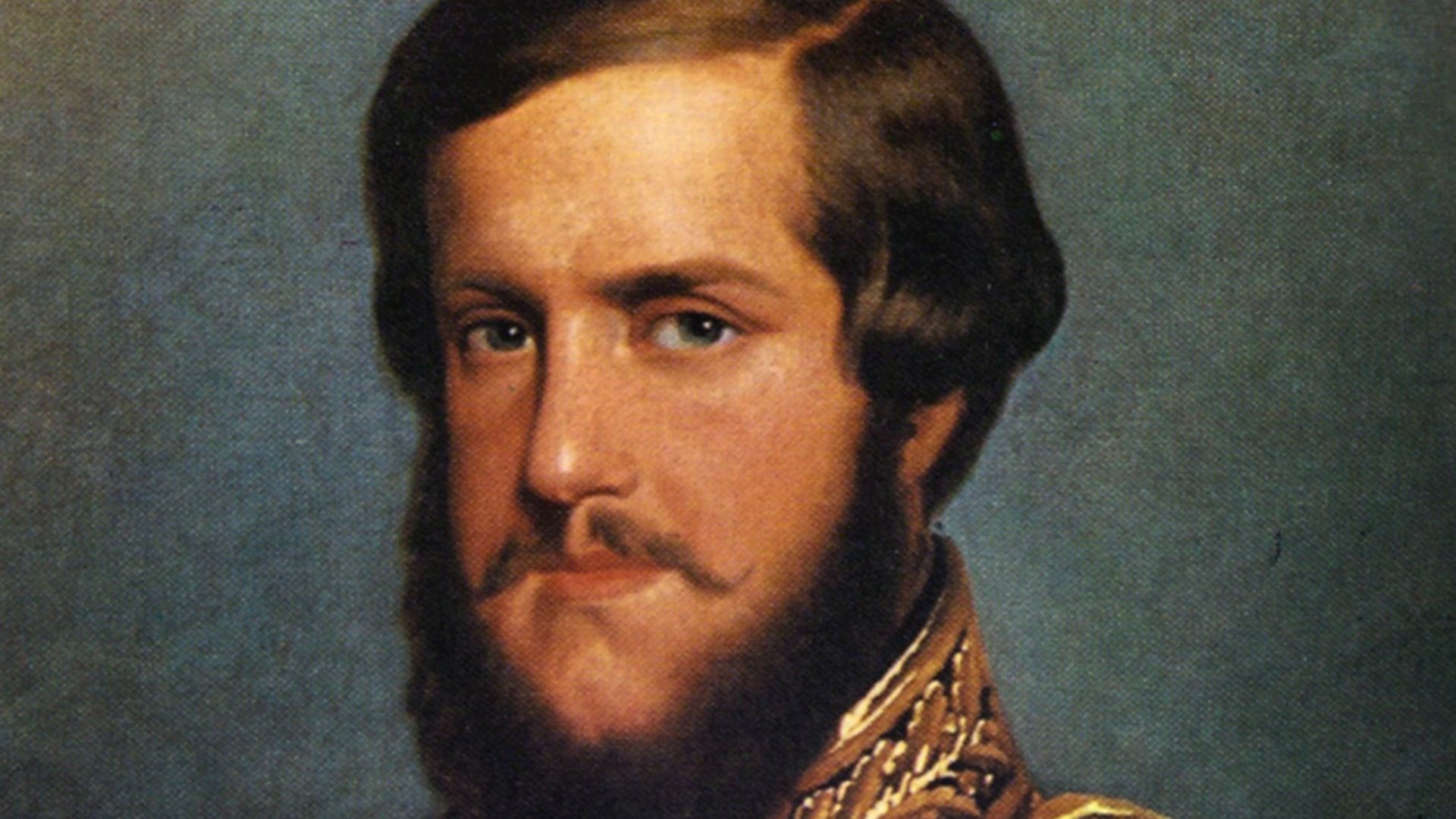 François-René Moreaux, Wikimedia Commons
François-René Moreaux, Wikimedia Commons
The Visitor Center
A visitor center that was built in 1986 burnt down in 2000. For the next 12 years, the Causeway was without a visitor center as problems continued to delay the rebuilding of the center.
The Visitor Center
Initially, approval was given for a development that would be publicly funded but privately managed. However, issues arose between the private developer and the Democratic Unionist Party that approved the funding.
The Visitor Center
Due to this perceived conflict of interest, the funds to rebuild were frozen. In the end, the developer was forced to drop their legal challenge to the publicly funded plan, allowing a replacement visitor center to be built.
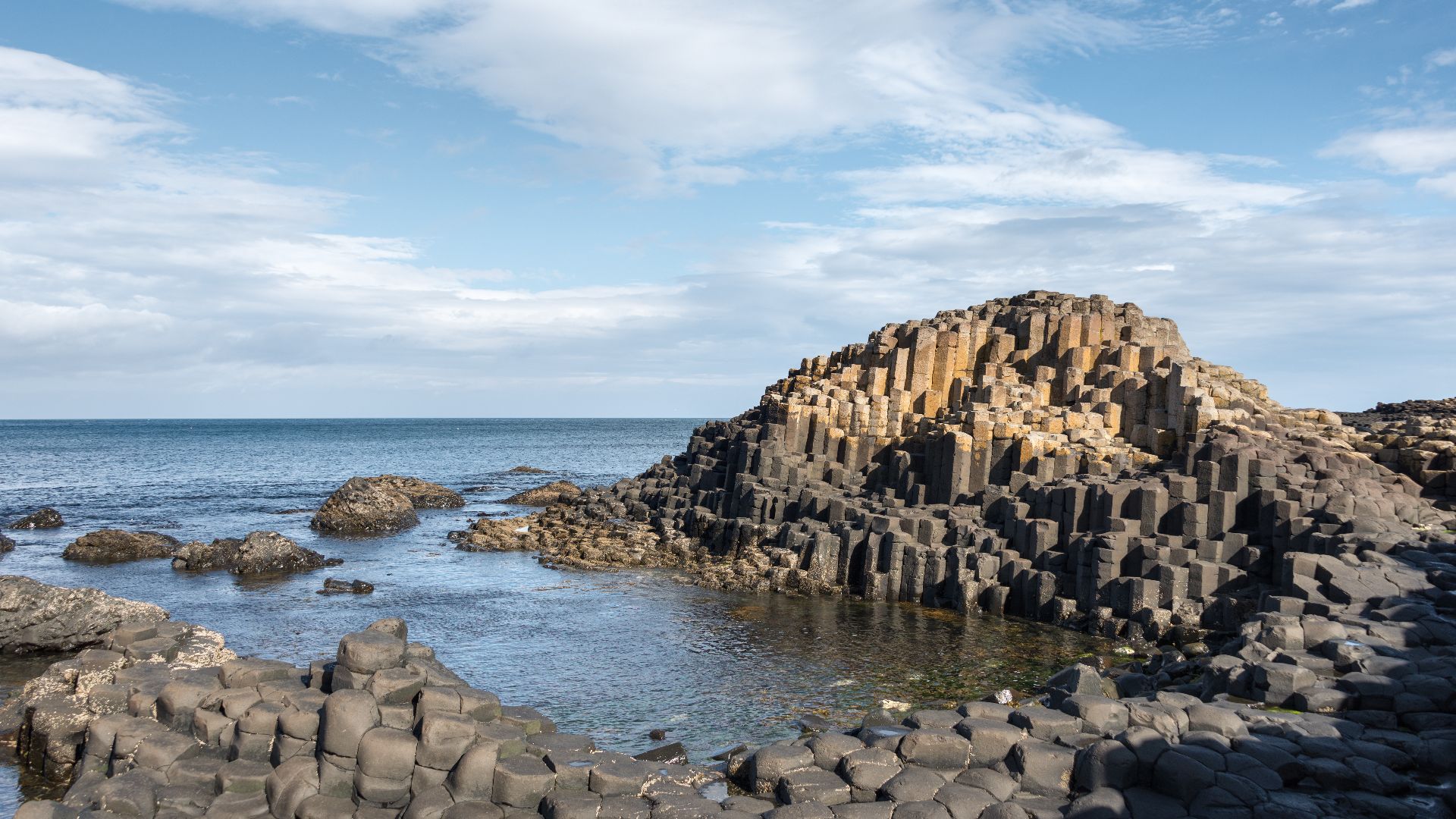 Giorgio Galeotti, Wikimedia Commons
Giorgio Galeotti, Wikimedia Commons
The Visitor Center
The visitor center was funded by a collection of groups including the National Trust, the Northern Ireland Tourist Board, and public donations. However, it has received mixed opinions since reopening.
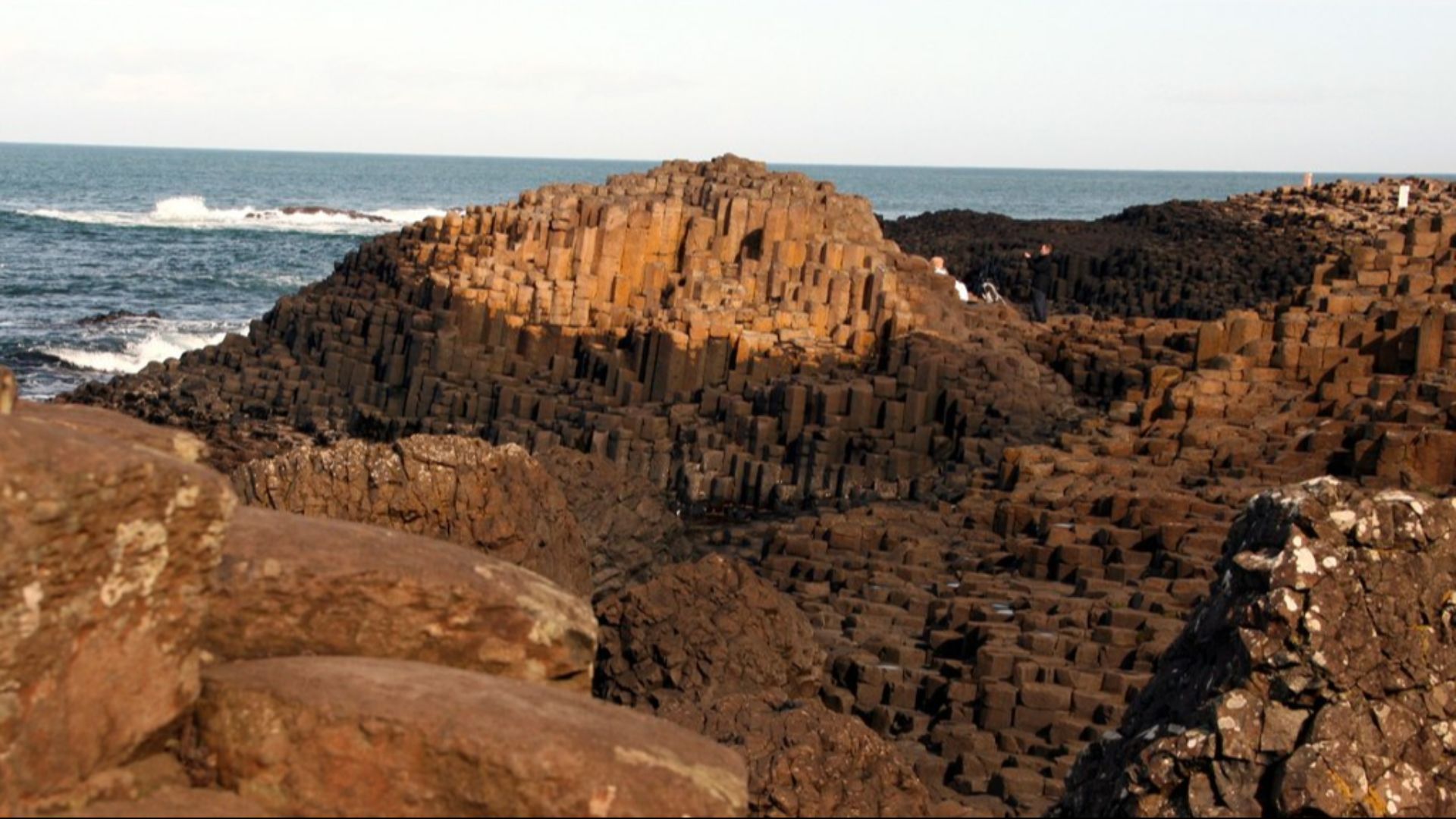 Graham Hogg , Wikimedia Commons
Graham Hogg , Wikimedia Commons
Controversial Causeway
One of the biggest controversies that the visitor center created has to do with the content of some of the center's exhibits. Some exhibits took an interesting approach to the age and creation of the Earth.
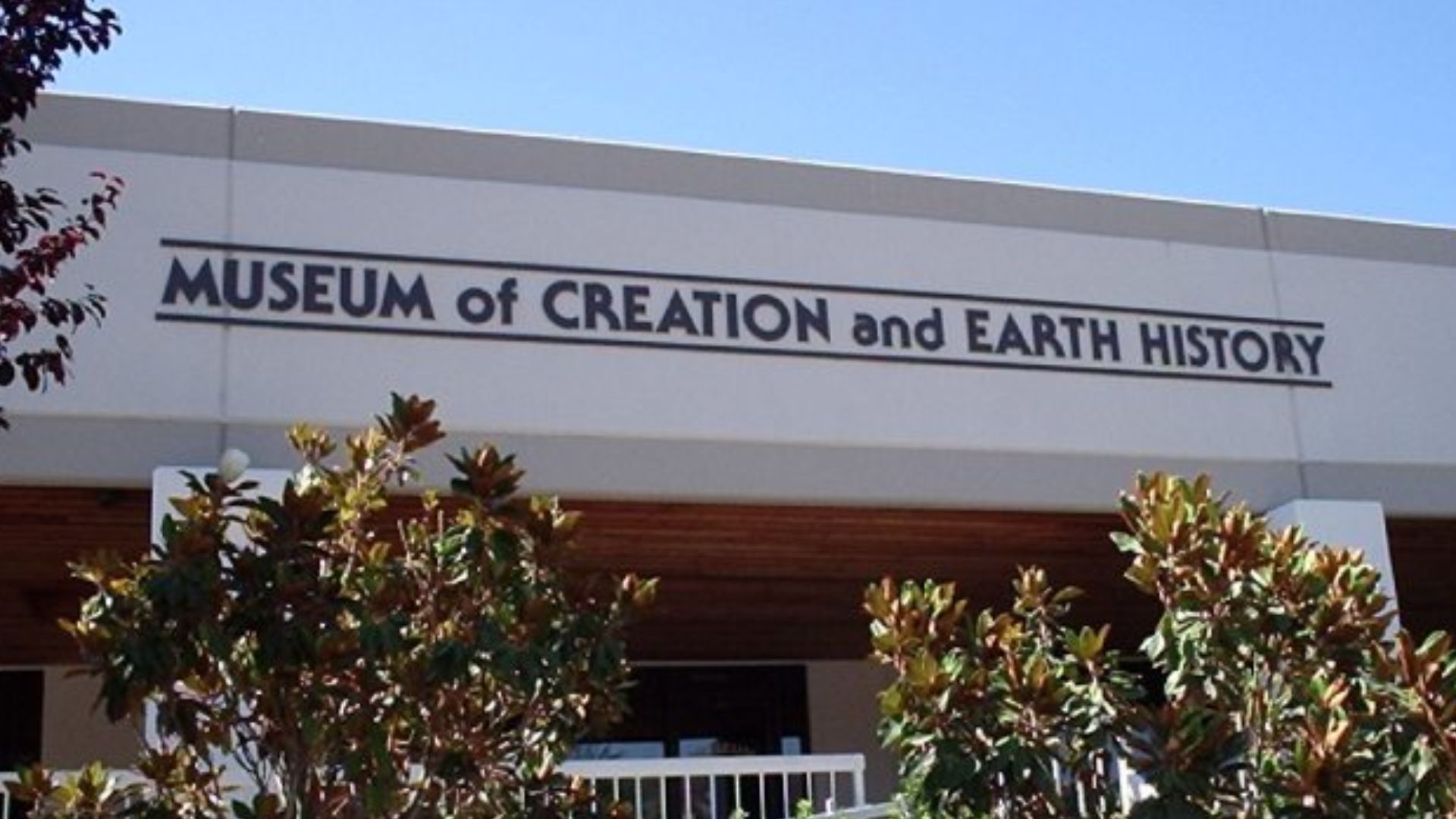 No machine-readable author provided. Mycota assumed (based on copyright claims)., Wikimedia Commons
No machine-readable author provided. Mycota assumed (based on copyright claims)., Wikimedia Commons
Controversial Causeway
Rather than focusing only on the scientific beliefs behind the creation and development of the Earth, some content within the exhibit makes reference to a planetary age that disagrees with science. These references link back to the religious “young Earth creationist” view of the Earth.
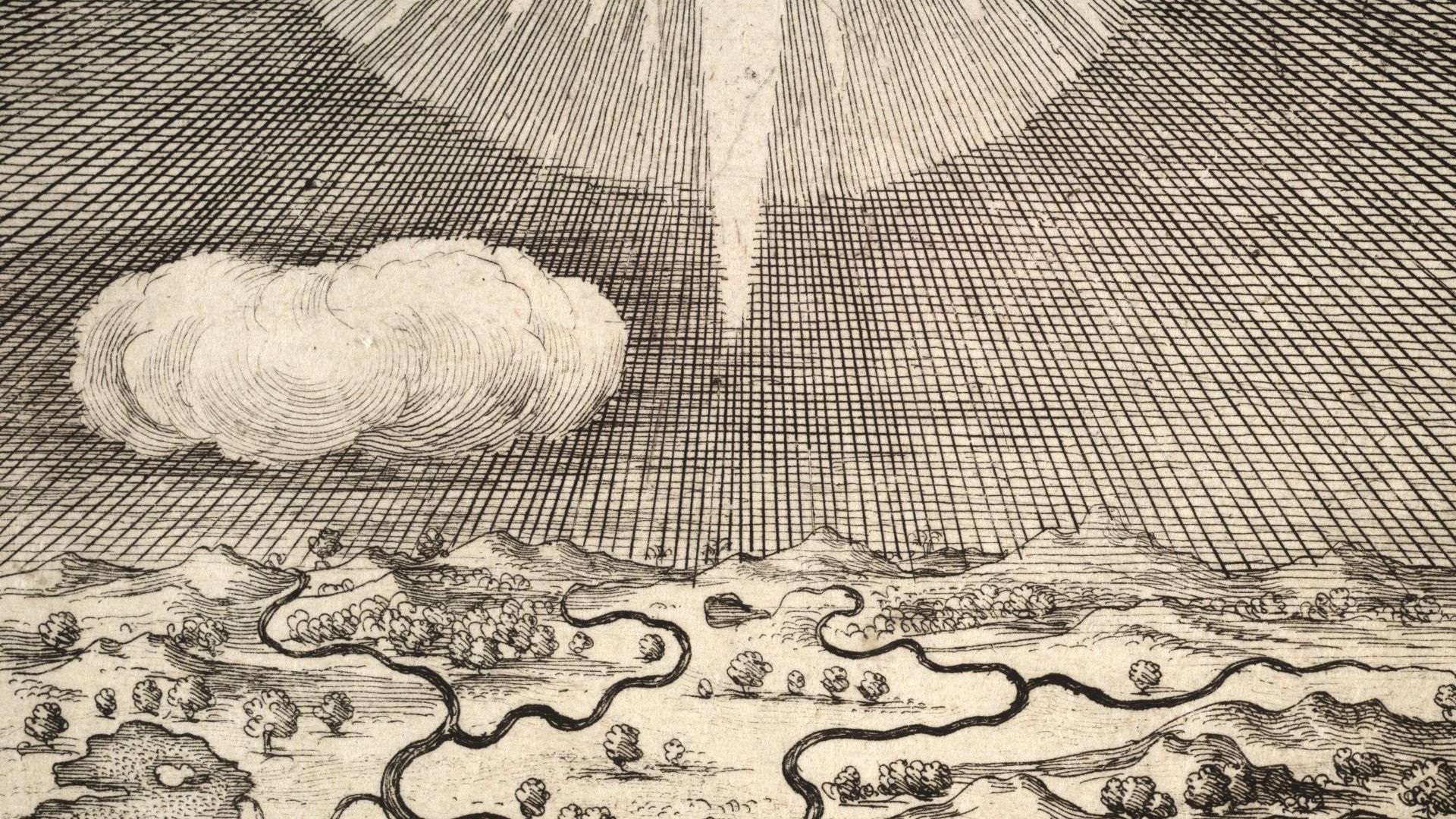 Wenceslaus Hollar, Wikimedia Commons
Wenceslaus Hollar, Wikimedia Commons
Controversial Causeway
The original exhibit highlighted a view of the creation of the Earth that suggests that it coincides with the creation of humanity by a divine being rather than the scientific argument that the planet is millions of years old. The public was not impressed with this.
Controversial Causeway
Although the Trust insists that it fully supports the scientific view of the creation of the Earth, an online campaign was made to remove the mention of creationist material. They had some success.
Controversial Causeway
In response to the petition, the Trust reviewed the exhibits in the visitor’s center. While they did not remove all mentions of creationist beliefs, they returned the focus to scientific theories. The creationist beliefs are included as alternative traditional beliefs of some communities.
Visiting The Causeway
Although the visitor center comes with a fee (another thing that has been considered controversial about its inclusion), the Giant’s Causeway is still free to explore and enjoy. You don’t have to go through the Visitor Center to get to the Causeway.
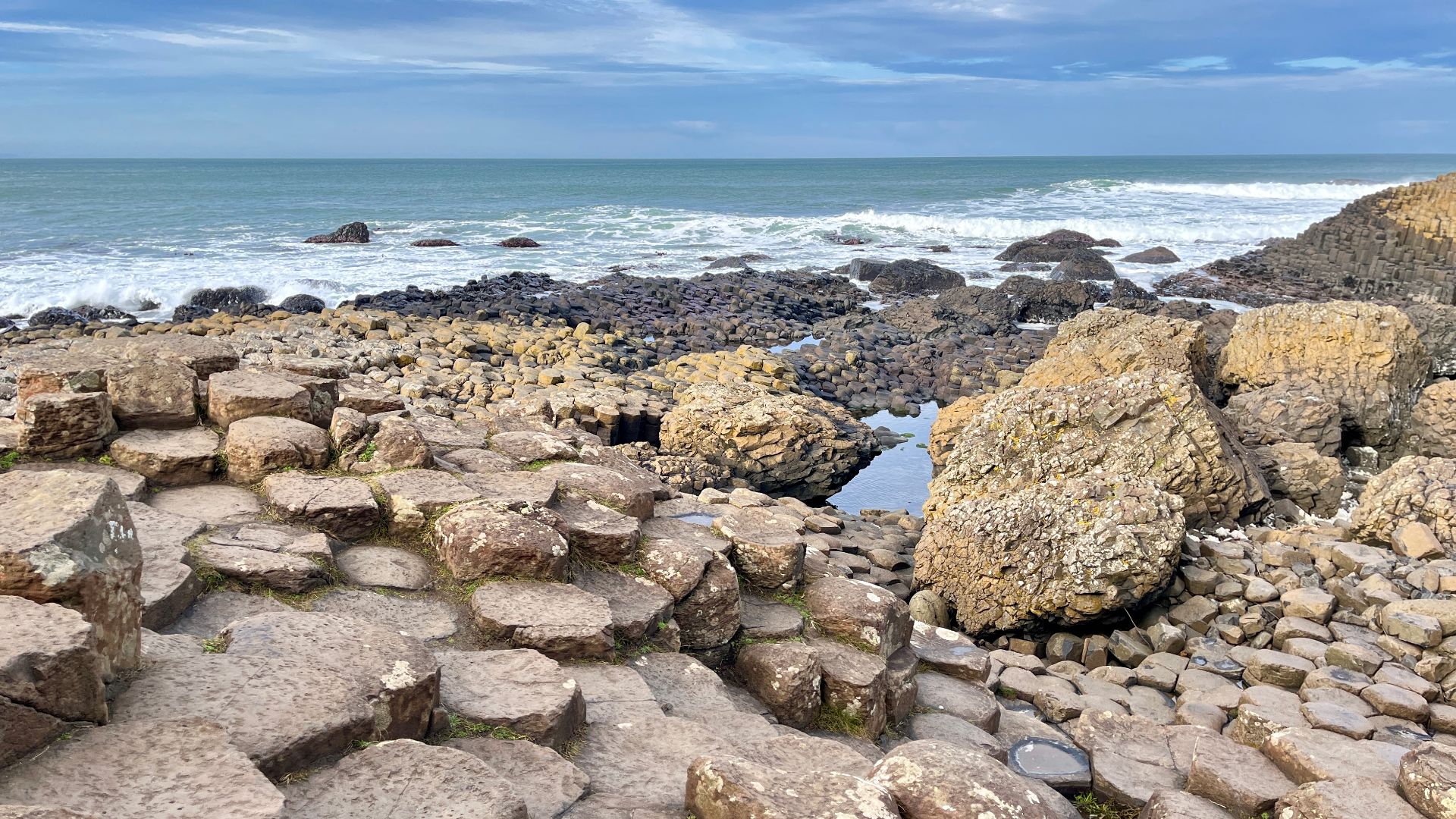 XaetaRhythm, Wikimedia Commons
XaetaRhythm, Wikimedia Commons
Visiting The Causeway
In 1986, UNESCO declared the causeway a World Heritage Site. The Department of the Environment for Northern Ireland named it a national nature reserve a year later. It is one of the most popular attractions in Northern Ireland.
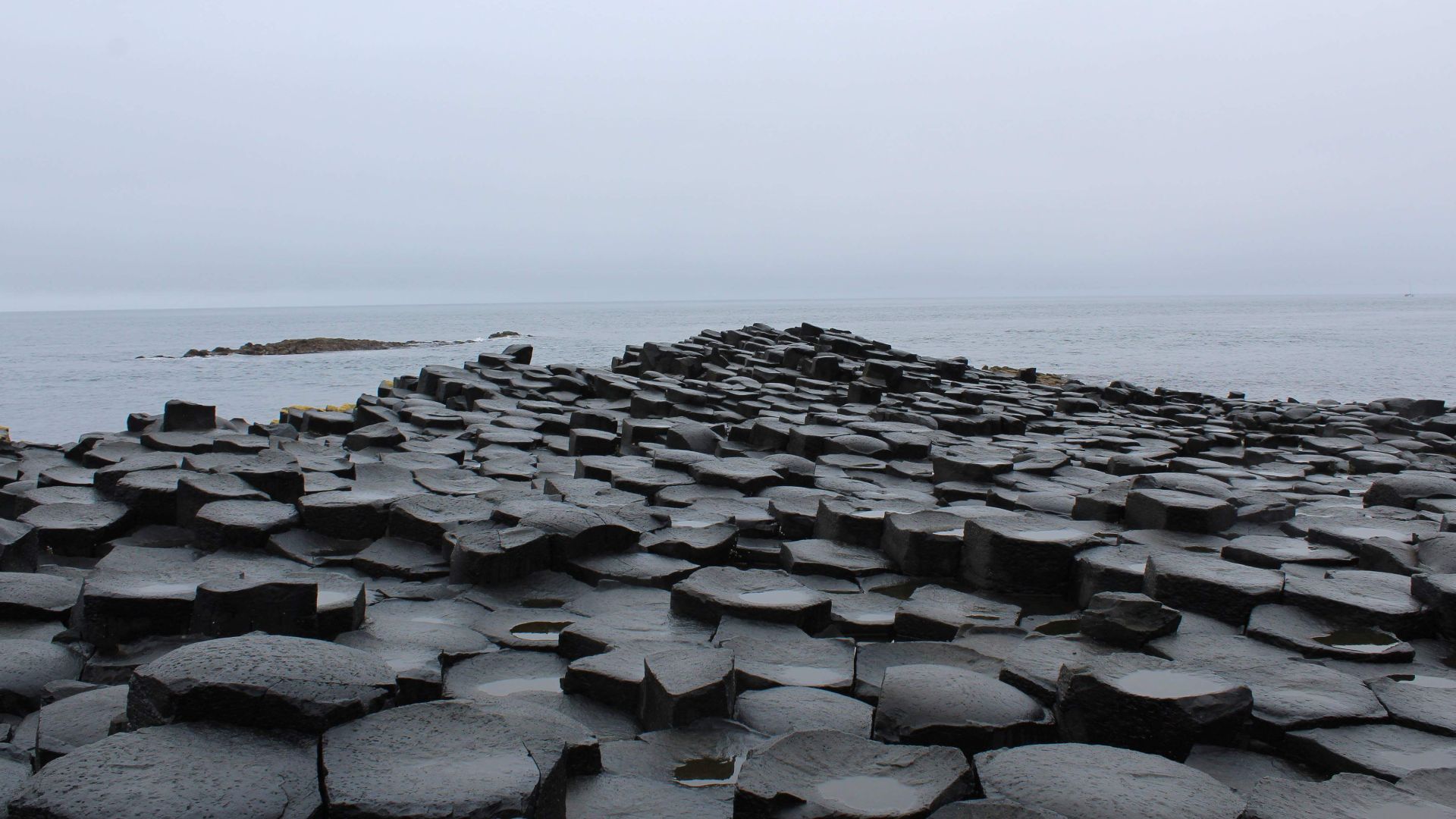 Penelope Kan, Wikimedia Commons
Penelope Kan, Wikimedia Commons
You May Also Like:
Photos Of Insane Natural Phenomena You Can See In The United States
The Natural Phenomenon You Have To See Before It’s Gone
10 Natural Wonders Of The World Actually Worth Visiting, According To Travel Reviews
Sources: 1


